In 2019 I had the chance to go teach English in two cities in Peru, Lima and Chiclayo. Before going, I had a lot of misconceptions about South America, which, in Europe, is considered to be very dangerous. I knew I would have three weeks of holidays in the middle of my 3 month stay there, and I had decided not to travel anywhere during these holidays because I thought it would be too dangerous. I was alone and only 19 at the time. However, when I arrived there, I changed my mind straight away when I realised how many landmarks there were in South America, and started planning a 3 week trip.
Chiclayo

Typical Peruvian Plaza (this one is near Chiclayo, in Lambayeque) 
Street near Chiclayo
Chiclayo is definitely not a place which tourists usually visit when travelling to Peru. It is definitely a must for history lovers, and a pleasant city to love in for a few weeks, but I understand why tourists would give it a miss. I lived there for a month while I was teaching. Here are some of the places and activities I enjoyed in and around Chiclayo.
First, the Royal Tombs of Sipán Museum is situated in Lambayeque, a 20 minute ride from Chiclayo. I am fascinated by old civilisations, and Peru was home to the Incas. Sipán was and Inca king, and we can actually see his tomb and ornaments in the museum. Chiclayo is also near the coast, so I could go to the beach on weekends. There are many different beaches and small villages around it, such as Pimentel.
The city itself is a typical Peruvian city, with its small plazas with a park and a fountain. It is really pleasant to stroll around and to sit in small cafés. Most restaurants are just houses, which the owners open up, and it feels like being invited to eat at a friend’s house.

Local café 
A hotel
It is also really easy to meet people there. As a foreigner, I stood out because I did not live in a touristic area and did not speak Spanish. One day when I was in a café, the waiter asked me if I wanted to meet up with him so that he could practice his English. He took me to Paseo de las Musas, a park decorated with classical-style Greek statues. Even though we did not speak the same language, we could communicate. He told me his story, as a Venezuelan migrant in Peru. There are a lot of Venezuelan migrants in Peruvian streets, who often face discrimination and rejection, which is something that is not talked about enough in guide books and travel shows.

Chiclayo 
Statues of Inca gods
Transportation in Chiclayo was quite unusual to me. Taxis in Chiclayo are like public transport, you wait for it and get in with two or three strangers. There are also mini-busses, which are privately owned, and very cheap. Someone sits near the bus’ door, and shouts the stops. As a foreigner, it is daunting to ride the busses, especially because you need to shout when you want to get off, and it is difficult to know when to get off when you do not know the city well.

Chiclayo 
Every city has a Jesus like this one
Paracas
After Chiclayo, I flew to Lima to start my 3 week journey travelling across Peru and Bolivia. I did it all by bus, because it was the easiest way to see every city on the way. There is a great bus company called Peru Hop, which has planned itineraries and is safer than other bus companies. It is important to choose safe means of transportation in Peru. In Europe, it is safe to travel with cheap airlines and bus companies, but it is not advised in Peru. At the start of my journey, I was scared, as it started to sink in that I would only be able to rely on myself for the next 3 weeks, that I would be on my own. South America, as beautiful as it is, it not always safe. Most of the people who I met while I was there got mugged or witnessed someone getting mugged at least once. I nearly got mugged in Lima once. I was in a McDonalds, near Kennedy Park — a park famous for being home to dozens of cats —, when a man asked me to take a picture of him outside. Thankfully, I refused to go with him when I noticed three men waiting for me outside. I was so scared that I hid in the McDonalds until they left, it did not even occur to me to call the police. But this does not mean that it is not worth visiting Peru, it just means that people should be careful and smart. I had to be careful to never take my phone out in the street, and to never carry a credit card or too much cash.

Cliffs on the Natural Reserve 
Ballestas Islands, with a seal on the rock
From Lima I travelled to El Chaco, a small beach village where I stayed for a night. I booked a bed in the smallest and cheapest hostel, which cost 7$ a night. The village is near the Paracas Natural Reserve, which is a desert with beautiful landscapes, where I went quad biking. I also went on a boat tour of the Islas Ballestas, which are small islands inhabited only by birds. The birds’ faeces, called guano, is an efficient fertiliser which used to be collected on the islands. I would not recommend the tour to people who are sea sick, but the islands are beautiful with hundreds of birds flying around, and even seals sleeping on rocks. The tour guide also brings tourists to see a drawing of a giant cactus in the sand, which was made by Incas. We are still able to see it today because Peru gets little to no rain, allowing the conservation of historical Inca sand works.
Huacachina
I then travelled to Huacachina, which is definitely unmissable when visiting Peru. It is an oasis in the middle of the desert, where tourists can take part in sand boarding and dune buggy rides. The security restrictions are much lower in Peru than in Europe, so no protection such as helmets is given to tourists. Sand boarding was nevertheless an incredible experience: tourists are given a wooden board which resembles a snowboard and slide down the dunes. I also enjoyed the dune buggy ride, although I later found out that buggies create a lot of pollution. The rides are not suitable for young children or people with heart conditions.

Sand boarding 
Dunes
Huacachina itself is a greenish lake with a few houses around it. It is not worth spending more than a night there. It is also known for being a party spot, and its bars and clubs are very animated at night. The best place to stay the night is the Wild Rover Hostel, which has great facilities and cheap dorm accommodation. The beds are little cubicles stacked on top of each other and provide privacy with a curtain at the entrance of the cubicle. Wild Rover is a chain of hostels located in Peru and Bolivia. They all have great bars and are perfect for meeting people. They also offer themes and activities for different nights, such as glitter night or pool parties.

Huacachina 
Pool at Wild Rover Hostel
Nazca Lines
The Nazca lines are one of the world’s most famous historical traces of ancient civilisations. They are enormous drawings of birds and creatures in the dirt. They are so big that you can only see them from above. It is possible to take a small plane to fly over them, but I would advise against it. It is quite expensive, and I could see them very well from a tower built near them (see picture taken from the tower). Moreover, many people get sick on these planes, and they are not very safe. There is no need to stay the night in Nazca, and most people stop to see the lines on their way from Huacachina to Arequipa.
Arequipa
After Huacachina, I went to Arequipa, Peru’s second largest city. It is beautiful and was definitely one of my favourites to visit. When I was there, there were protests going on and the police everywhere, which was quite scary.

Main square in Arequipa 
Snowy top of the Colca Canyon
It is the starting point for the visit of the Colca Canyon. The pick-up time from the hostel was at 3:30AM. No one told me before going that it snows at the top of the canyon, so I did not bring a coat. As I did not know I was going to be travelling in Peru, I did the whole trip in Vans shoes. I would advise that you bring a warm coat and walking shoes to Peru. Many older people suffered from altitude sickness, a couple of them even fainted. It is important to take the necessary altitude medication before going to the canyon. We also visited a small mountain village, where people were dressed on colourful traditional Peruvian outfits.

Locals in the mountains 
Colca canyon
Cusco and Machu Picchu
Cusco, with Lima, is the most visited city in Peru. The city itself is pretty, but I still preferred Arequipa. It is the starting point to go to Machu Picchu, an ancient village which is also one of the World Wonders. It is advised that you take a few days to acclimatise yourself to the altitude before travelling to Machu Picchu. Planning my visit to Machu Picchu was extremely confusing and difficult. There are so many different websites and packages, and the price range for them is very wide.

Start of the walk to Aguas Calientes 
Walk to Aguas Calientes
Many activities in Peru can be planned on the spot, which is why a lot of tourists do not book anything before travelling. Hostels always have free rooms and activities do not necessarily have to be booked in advance. If I had to change one thing to my trip, I would not have booked everything in advance. I only did so because I was alone and deemed that it would be too dangerous for me to be too spontaneous and disorganised. However, if there is one thing you do need to book in advance, it is your trip to Machu Picchu. In fact, only a limited number of visitors are allowed per day, and it books up quickly.
There are many ways to get to Machu Picchu. Some people do a 5 day trek in the jungle before arriving. However, I did not have the appropriate shoes and clothes, neither did I have the motivation to do that. It took me hours of comparing to find the cheapest and most convenient way to get there. I ended up booking a round trip which lasted two days and one night, and cost me 168$ including the transport, the hotel and the tour guide (it is not possible to visit Machu Picchu without a tour guide). I booked with a company called Haku Travels, and was given very little information about the trip. All I knew was that someone was going to pick me up at 07:30AM. A minibus arrived at around 8AM. We drove for several hours before arriving to a gathering place. It was in the middle of mountains and nature, and all that was there was an open restaurant. The place was full of tourists and guides. Somehow, I found my guide, who was going to take me to the town of Aguas Calientes, which is at the bottom of Machu Picchu. You can take a train from the restaurant to Aguas Calientes, but it is around 80$, so I walked there with the guide. It was a 3 hour walk along the railroad tracks, which would have been easier if I had walking shoes. The guide takes no breaks, and there are very few bathrooms along the road, all very dirty and poorly maintained, so drink and go to the bathroom before the walk. The road itself is beautiful, the nature is halfway between a forest and a jungle, it is a very peaceful setting.
We arrived at Aguas Calientes at the end of the afternoon, the town is beautiful and has markets and colourful shops. The way it lights up at night is magical. From there, I was taken to a hotel and even had a room to myself. It was a luxury I had not had since the beginning of my trip. Machu Picchu is at the top of a mountain. I was told that a guide would be waiting for me at the top of the mountain, and that I could go up either by bus or by foot. I decided to pay extra and to take the bus to go up, and then to walk the way down.
During my whole trip, when people saw that I was alone, they always offered to help me, or to escort me wherever I was going. I look very young for my age, and people often thought I must be no older than 16. A couple from Colombia took me to the ticket office so that I could buy my bus ticket.
The next morning, I took the bus up. I met a Korean woman who was dressed in a traditional Korean outfit. Tourists come from all around the world to see Machu Picchu. At the top, I went up to every guide saying my name until I found mine. Peruvians have a very laid back attitude to things. I always trust that things are going to work out and I never get stressed out by not knowing where I need to go, and this has really helped me during the trip. If you do choose a cheap package for Machu Picchu, be sure that you will be able to keep calm if you do not find your guide, or if you do not know where you will be in an hour.
The visit of Machu Picchu was surreal. Archeologists know very little about the village, Machu Picchu was actually an invented name, we do not know what it used to be called. The houses are made of stone, without cement. However, people visit Machu Picchu for the vibe, more than for the historical significance of the archeological site. The view is breathtaking and the foggy atmosphere extraordinary. It is fascinating to think that people used to live in such a beautiful place.
After the visit, I walked down the mountain, and started the 3 hour walk back to the place with the restaurant where the bus had left me. The way it worked was that mini-busses came to the restaurant and shouted a list of names of the people they were supposed to take back to Cusco. I arrived at the restaurant and sat there, trusting that my name would be shouted at some point. It did a couple hours later, but I had to go look for a driver, be insistent and speak to people to find out which bus was mine.
Rainbow Mountain
The trip to Rainbow Mountain, like many activities in Peru, starts early. The Mountain has only gained its rainbow stripes recently, after melting of the snow due to climate change. Again, I was not ready for the cold on the mountain, a coat is essential for it. A Puerto Rican lady kindly lent me her wool headband. I also did the climb in my Vans, but proper shoes would make it easier. It is difficult to breathe due to the altitude and the lack of oxygen, which makes the climb harder for people with respiratory difficulties. Nevertheless, the climb was actually not as bad as I expected it to be.There is an option to climb on a donkey, so it is doable by anyone. There are also alpacas to pet at the top. I have seen many pictures of rainbow mountain with vivid coloured stripes. In reality, it is definitely worth seeing, but the colours are less intense. Sadly, the colours will wash off over time, so go see the mountain before it is too late!
Lake Titicaca
After Cusco, I travelled to Puno. I stayed the night there to visit Lake Titicaca the next day. The lake is at the border between Peru and Bolivia and is known for its floating islands. I actually regretted staying the night in Puno. The city is not at pretty as Arequipa or Cusco, and a stop is not necessary.

Urus 
Floating islands
From Puno, I took a boat to the floating islands, where locals used to live. The floating islands were man-made by the Uru people, who still welcome tourists in their traditional outfits and sell handmade items. they also show us inside the huts where they say they live, although they probably have not been living on the floating islands for some decades. It is a weird feeling to walk on the island, I felt like it could break at any point. The Urus did a dance and sang a song, and then people could get a ride on their man-made boats. This type of cultural experience is really unique. Do not forget to take your passport, as you can stamp it as a souvenir. This is done in many tourist activities in Peru.

Floating islands and boats 
Uru people
After visiting the islands on the Peruvian side, the bus headed to Copacabana in Bolivia. From there I took a boat to Isla del Sol, an actual (not floating) island on Lake Titicaca. The boat ride can be very painful for people suffering from sea sickness. Additionally, the altitude there is still quite high, and it gave me headaches during the whole trip. On the island, tourists are taken on a nature walk toward the village. The village’s church is beautifully decorated, and offers a shelter from the strong sun. On the main square, locals were dancing and playing musical instruments in their traditional clothes. Although the island is often described as being the highlight of a visit to Lake Titicaca, I would recommend that if you had to leave something out because of time constraints, it would be this. I thought is was not nearly as exciting as the visit to the floating islands. The view was spectacular but the island itself was underwhelming. I do not think it is worth spending the night on it.

Church on Isla del Sol 
Copacabana
La Paz
From Copacabana, I took a bus to La Paz. Many tourists who travel to Bolivia skip it, but I thought it was one of the prettiest places I visited during my trip. La Paz is definitely the city I remember most vividly because it was like nothing I had seen before. The city uses gondolas as public transport, and the view on the city from a gondola is beautiful, with all of the buildings built with the same pinkish brick. I gives out a vibe of organised chaos.
As soon as I arrived at my hostel (another branch of the Wild Rover), a girl in my dorm asked if I wanted to go to the bar. I do not usually go out with complete strangers, but I did. The Wild Rover bar was crazy, and the bartenders were giving out free shots every hour. From there, we took a taxi to another bar in the city. I had a lot of fun, La Paz is really a party city. Looking back, I am shocked by my recklessness. Honestly, this was my attitude during the whole trip, I was not scared at all of the fact that something bad might happen to me.


View from gondola
La Paz is famous for its Witches’ Market, known to be colourful. Although it is indeed nice to look at, all the shops sell the same things and no more than a half hour is needed to see everything. The city is also known for its mountain biking on the “Death Road”, allegedly the most dangerous road in the world. The rides are quite expensive, around 80$, so I did not go.

Café in La Paz 
Witches’ Market
Tourists often do not realise that La Paz, and all of Bolivia, is suffering from a massive water shortage as the glacier which provides water to the city is melting. The hostels are asking their clients to limit their water consumption by taking short showers. It is scary to think that in 10 years, if nothing is done, La Paz will have become a ghost town.

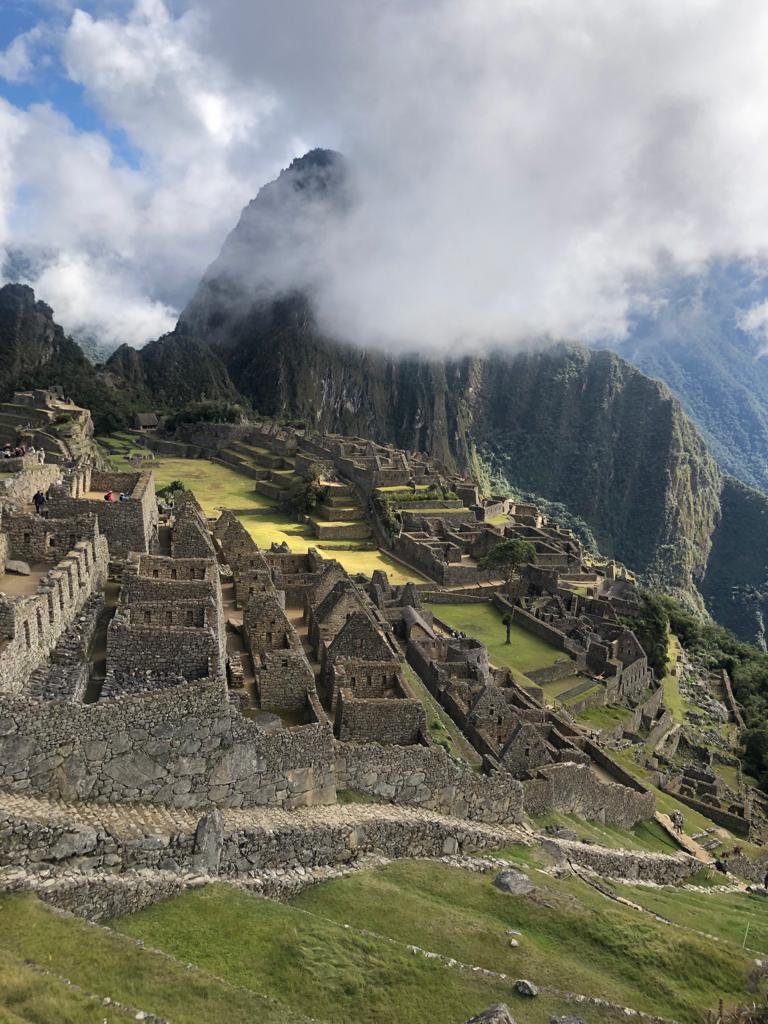
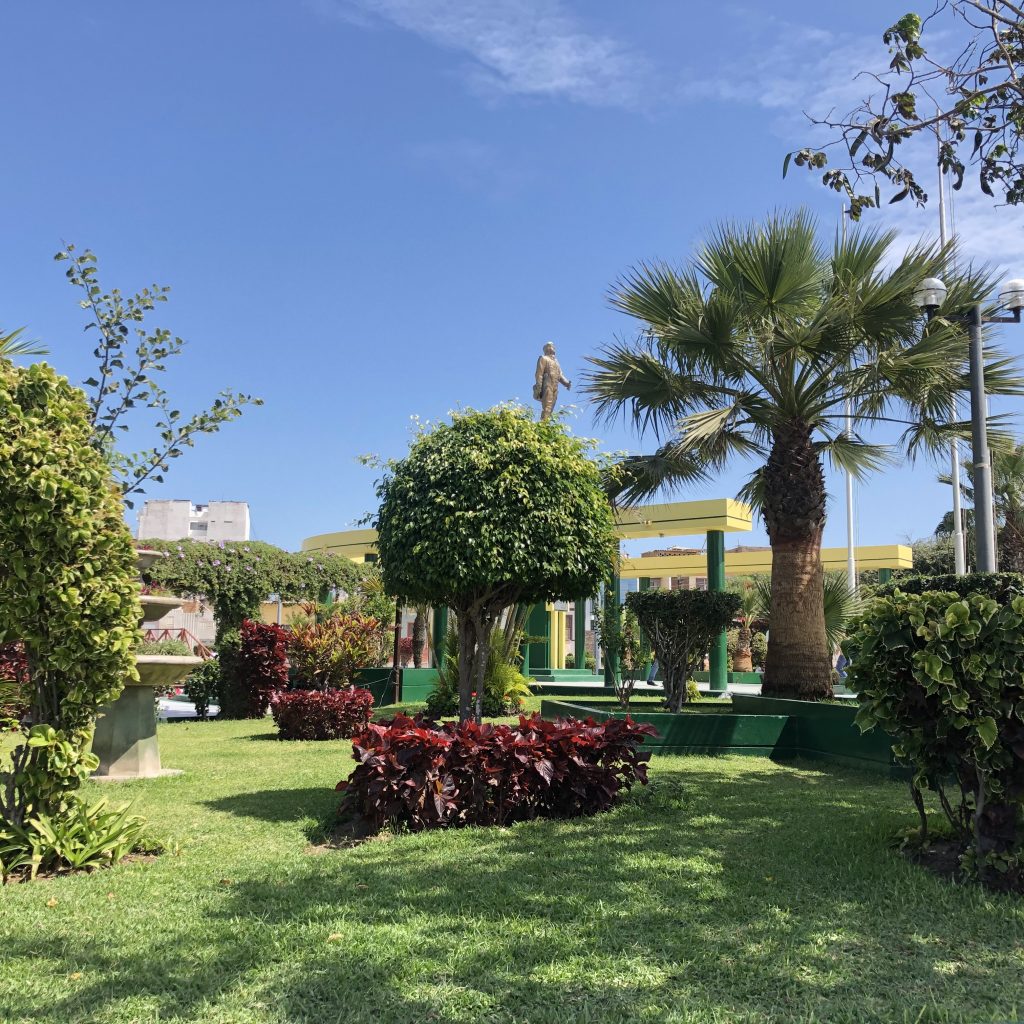

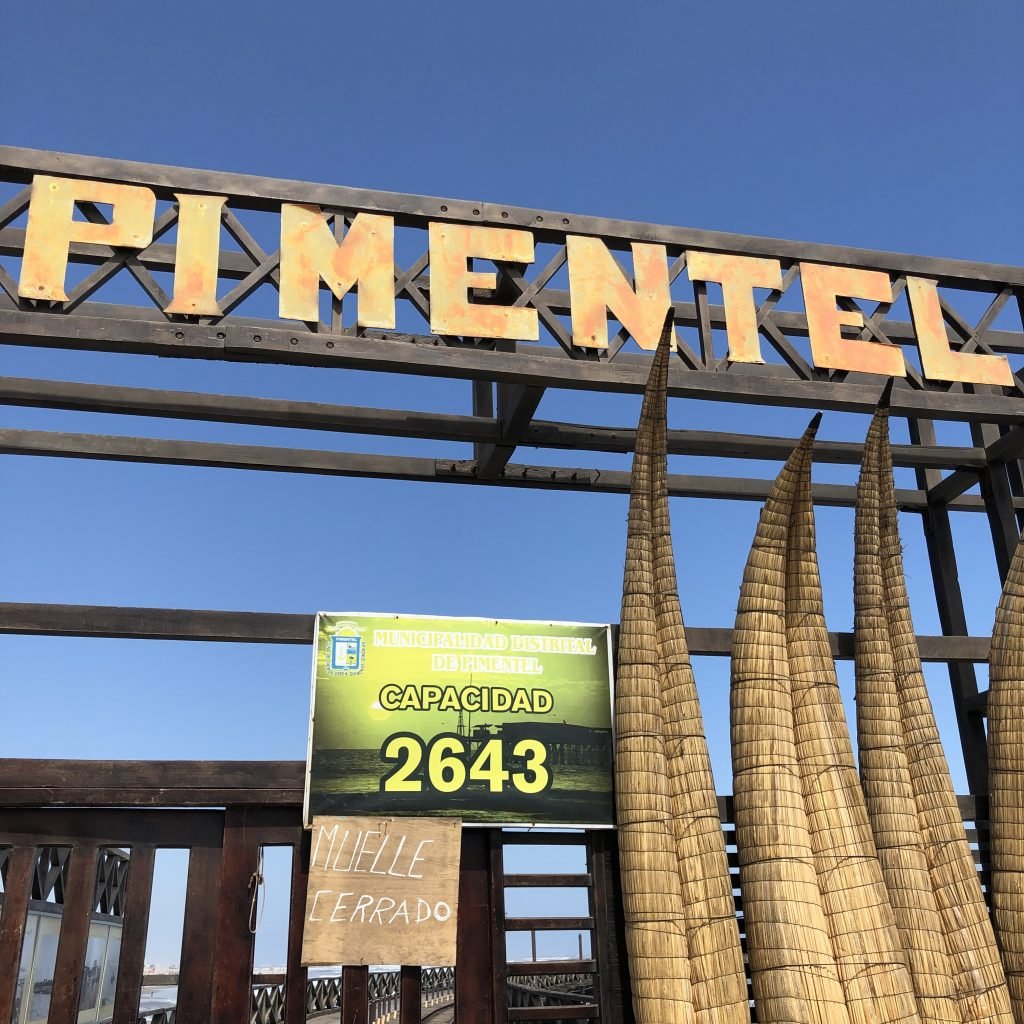

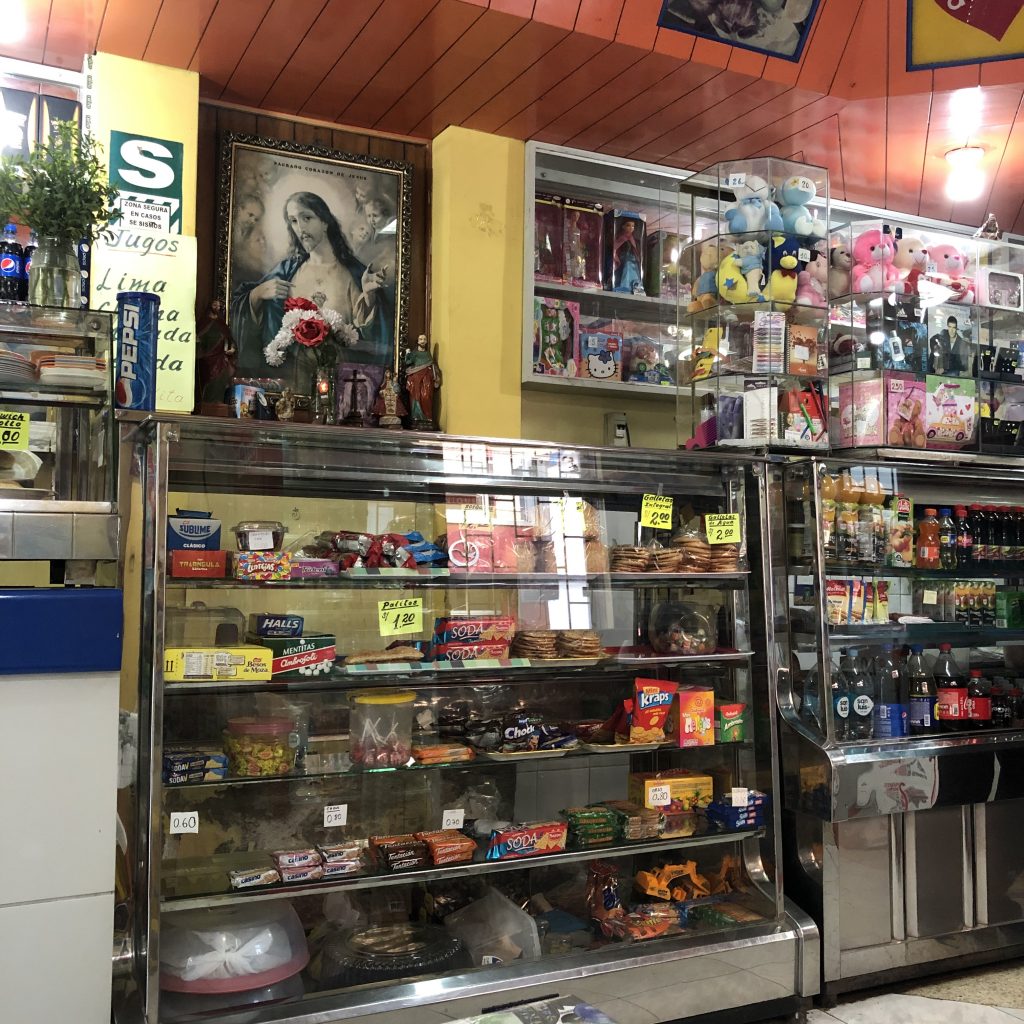

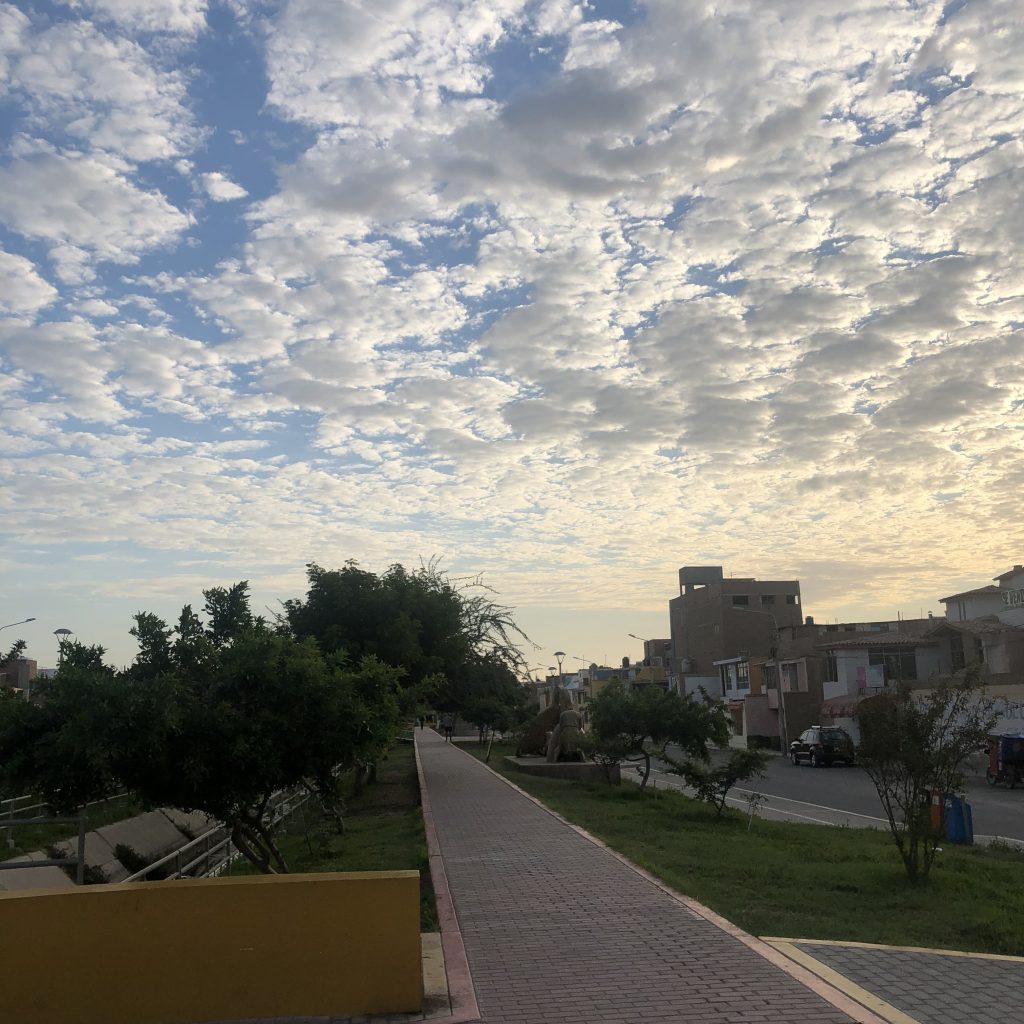
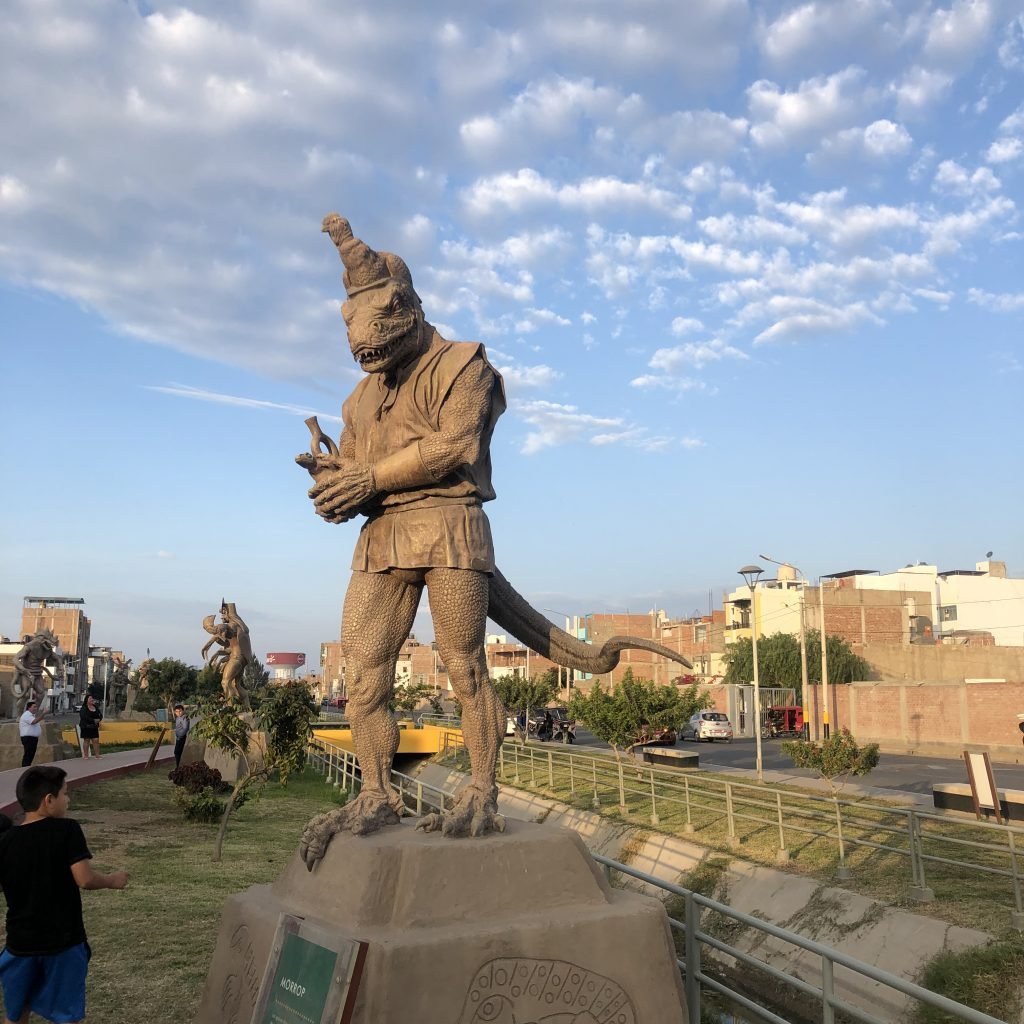
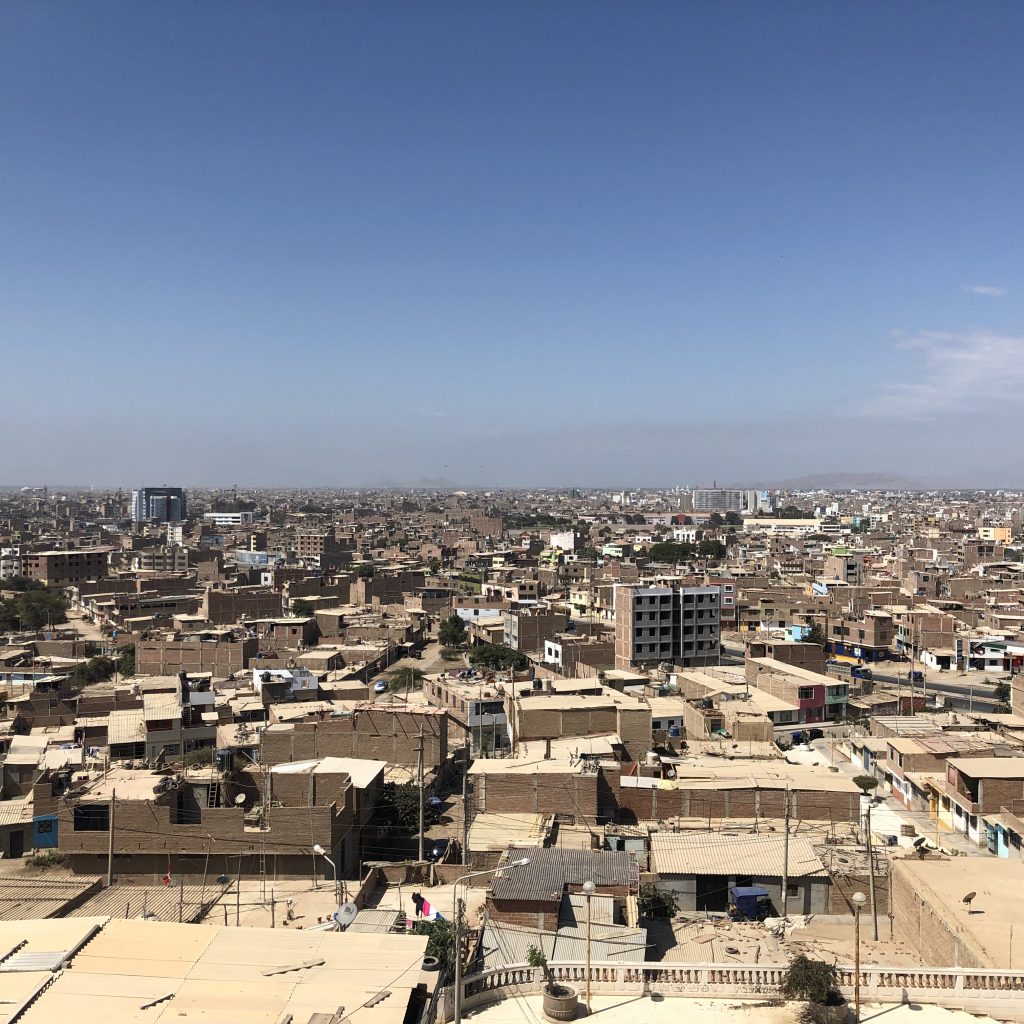

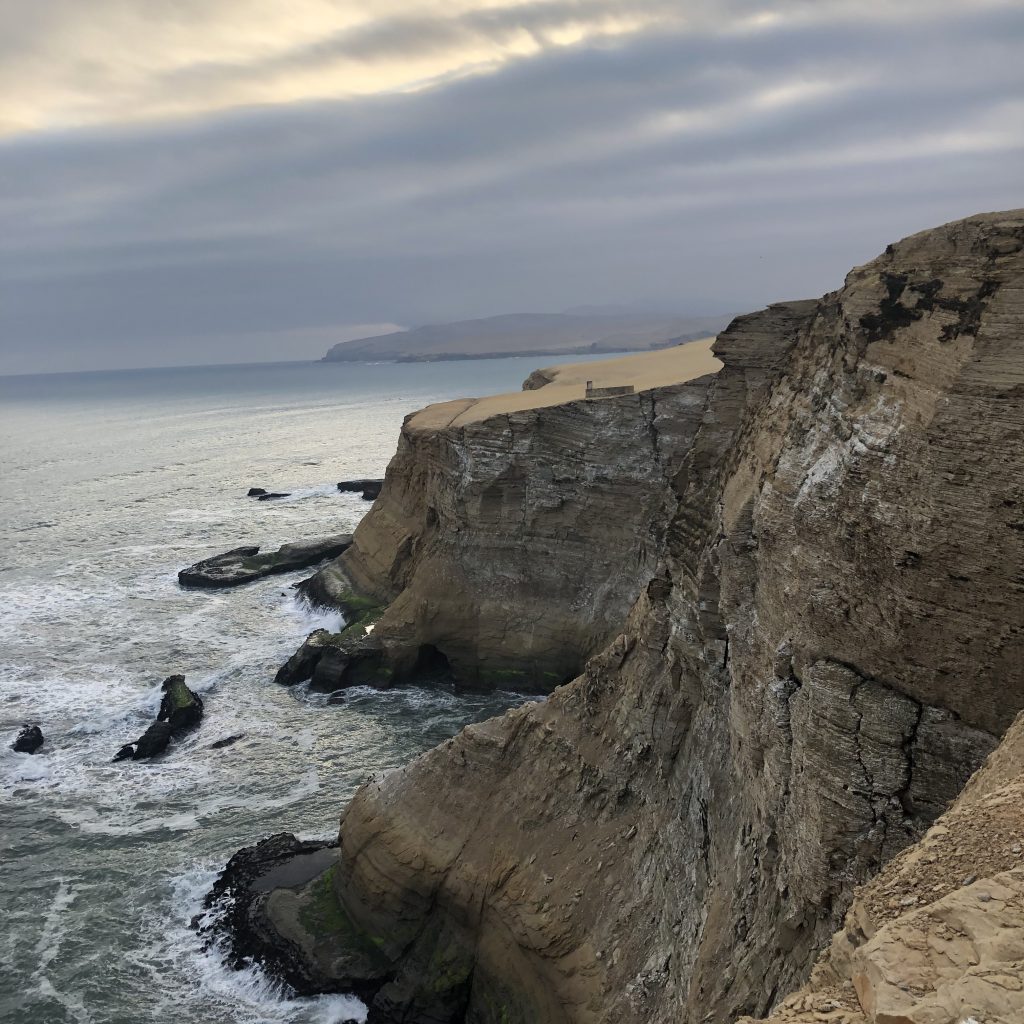

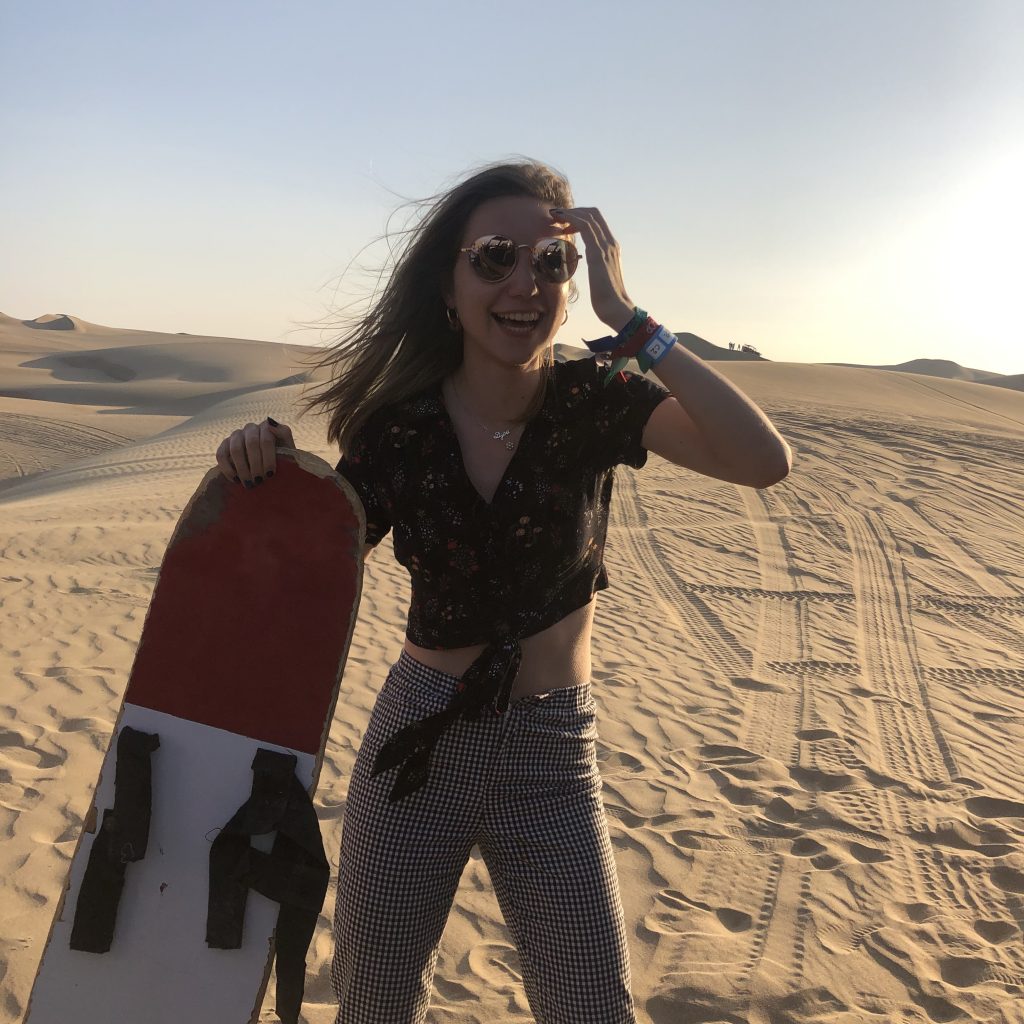

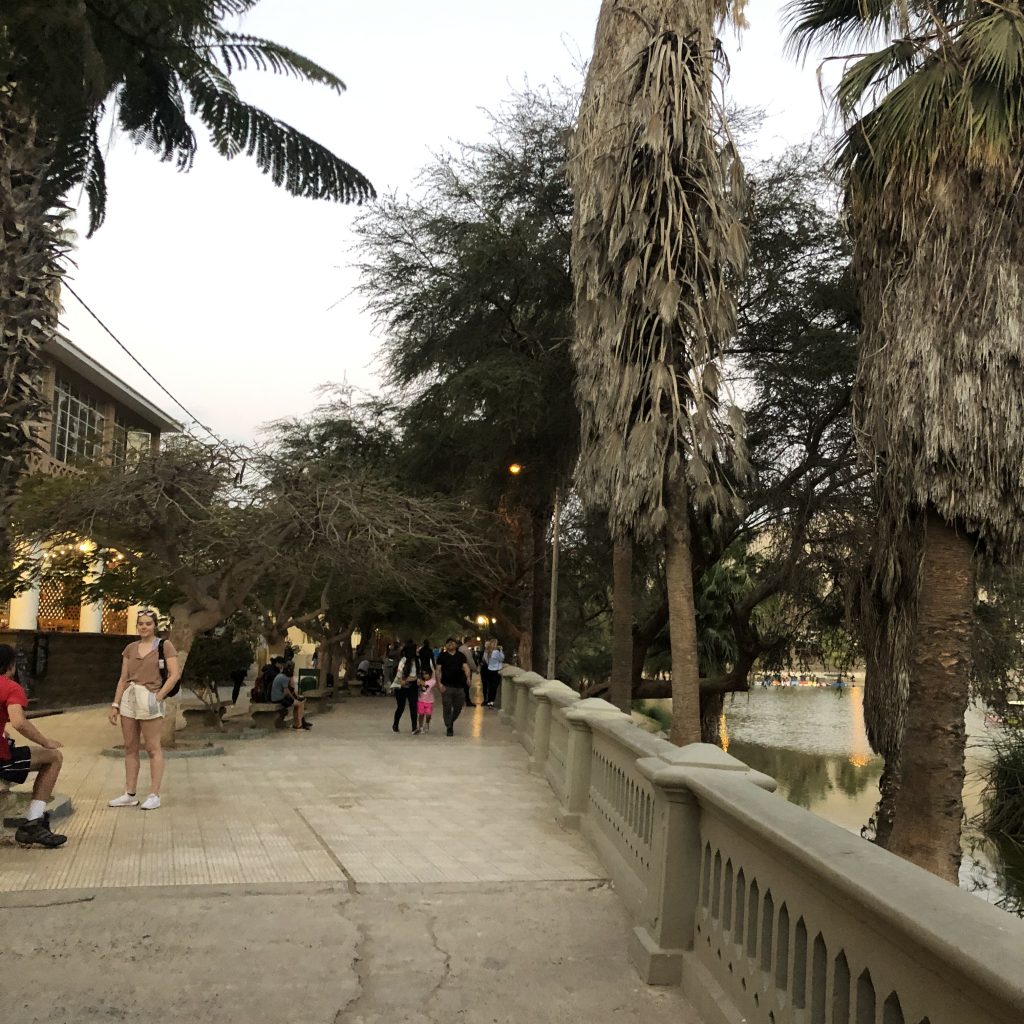


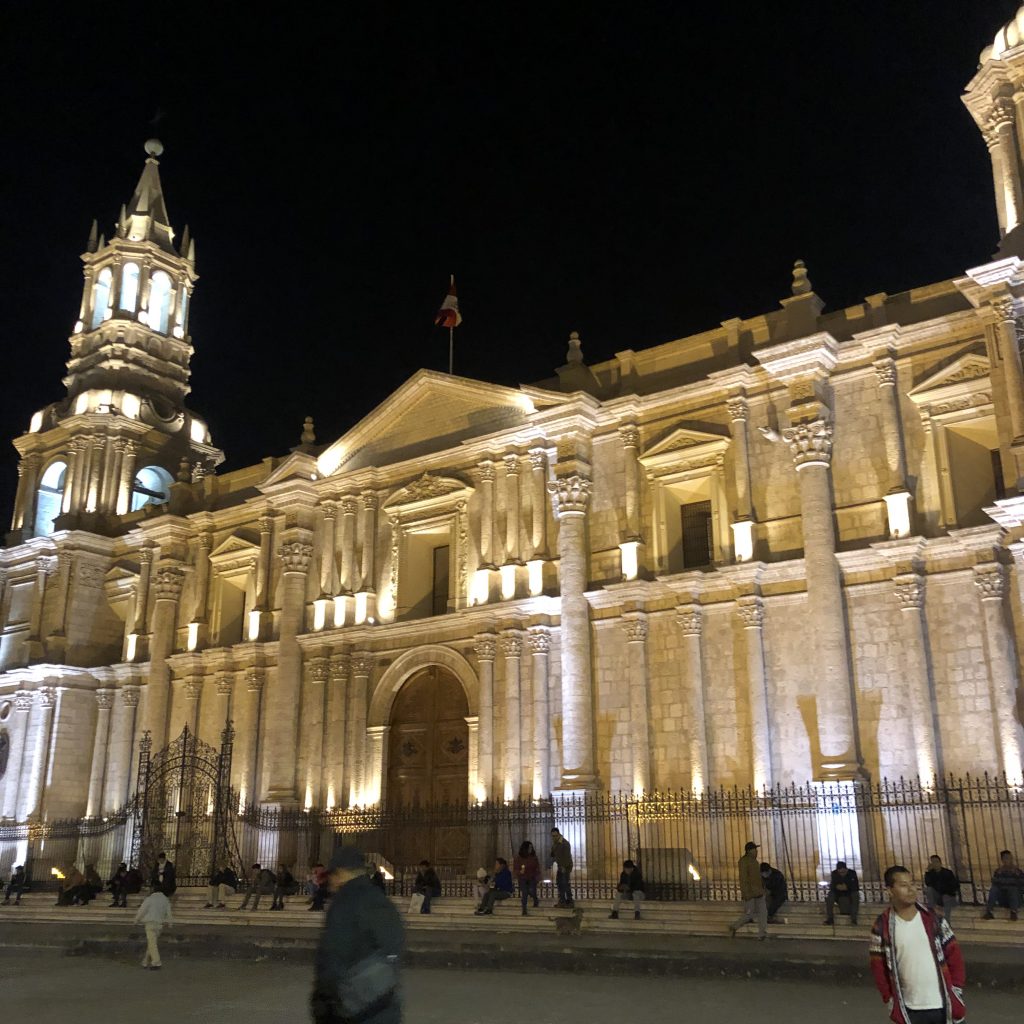

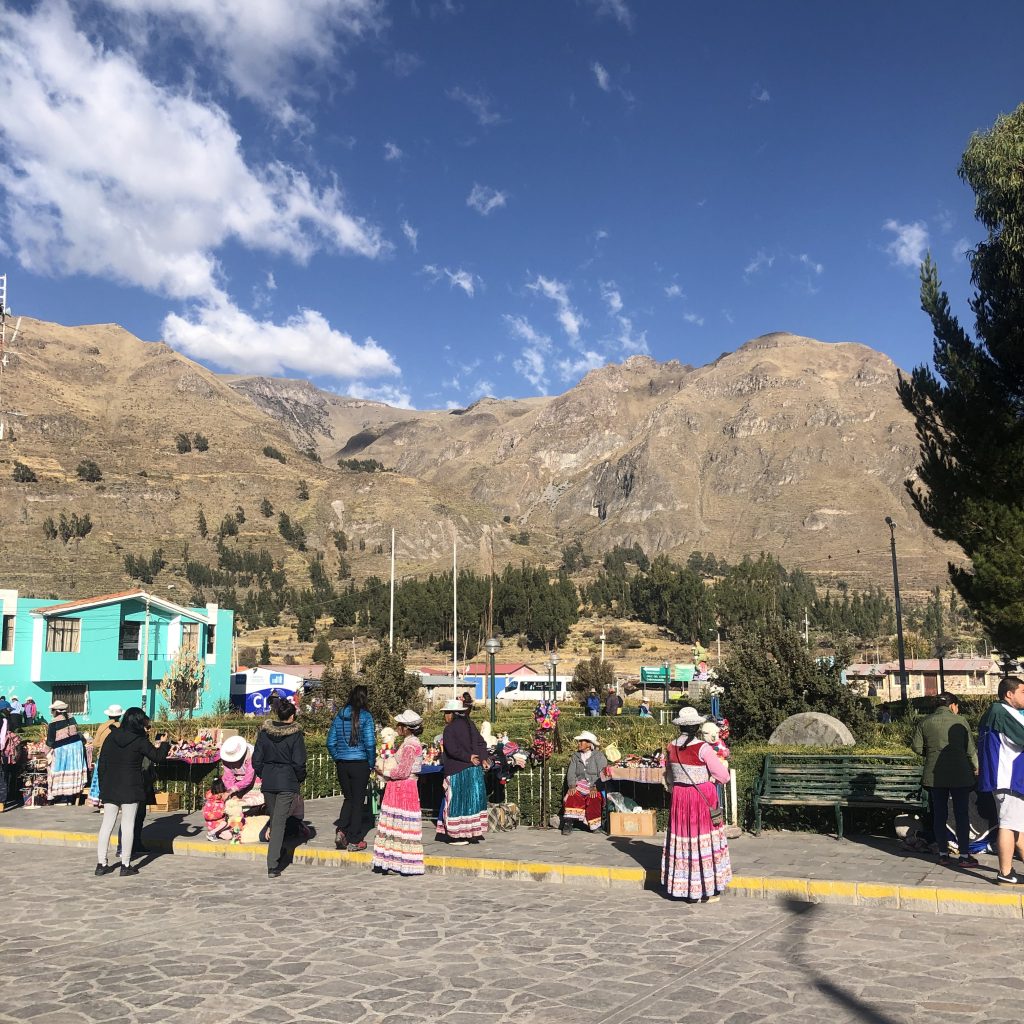
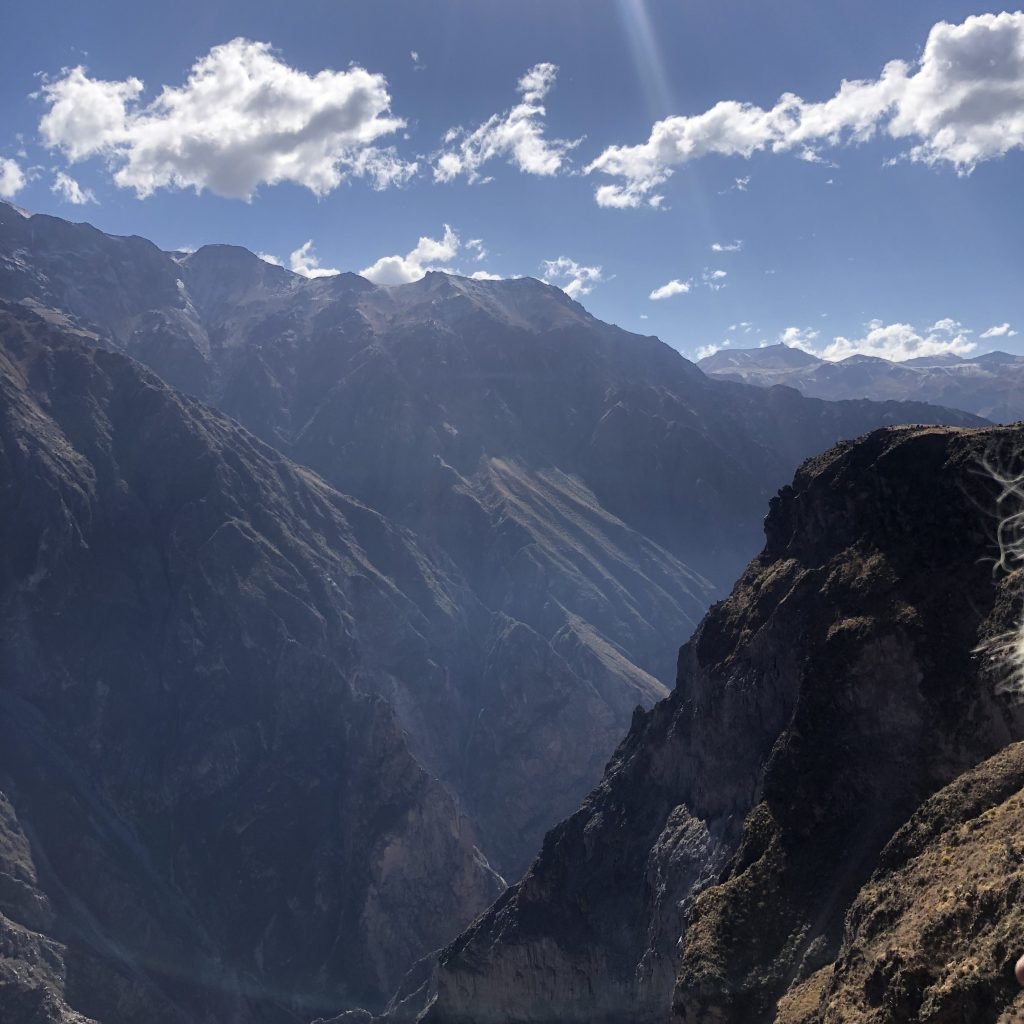
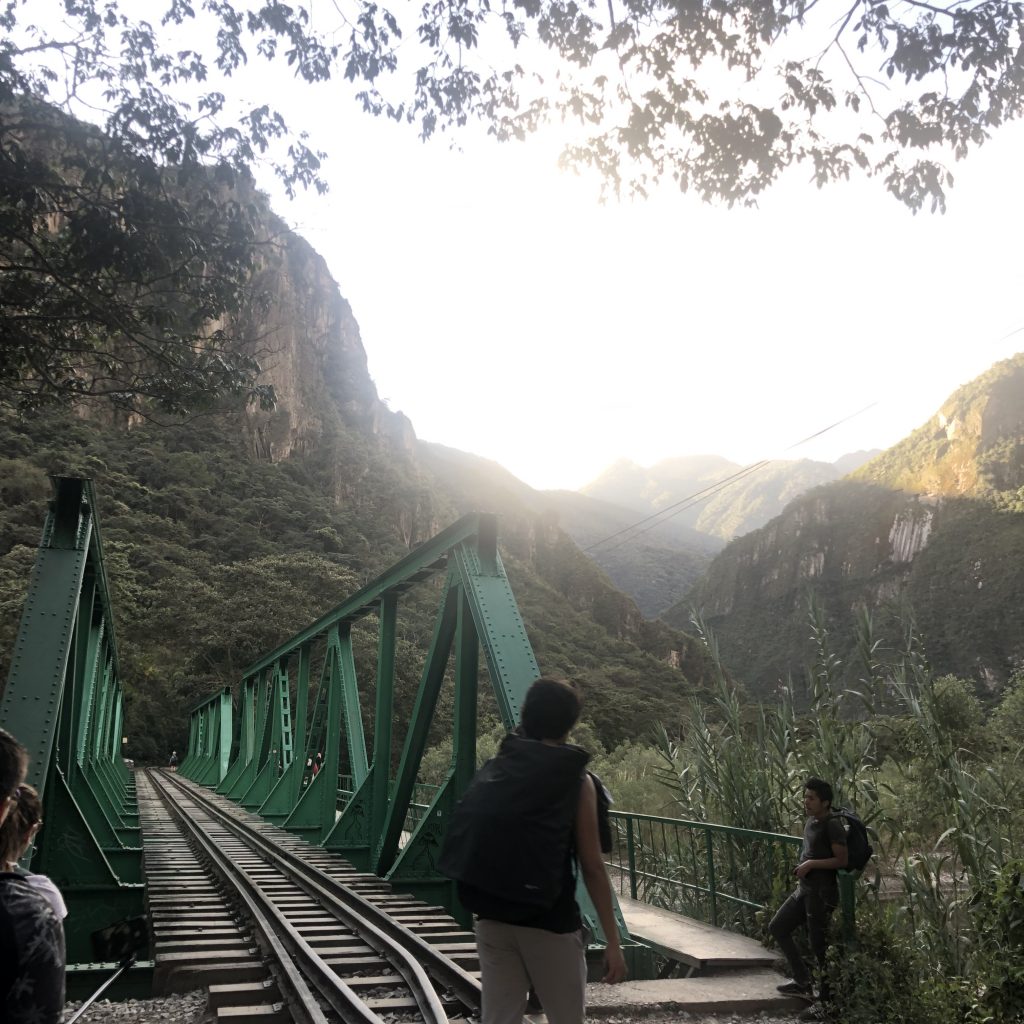
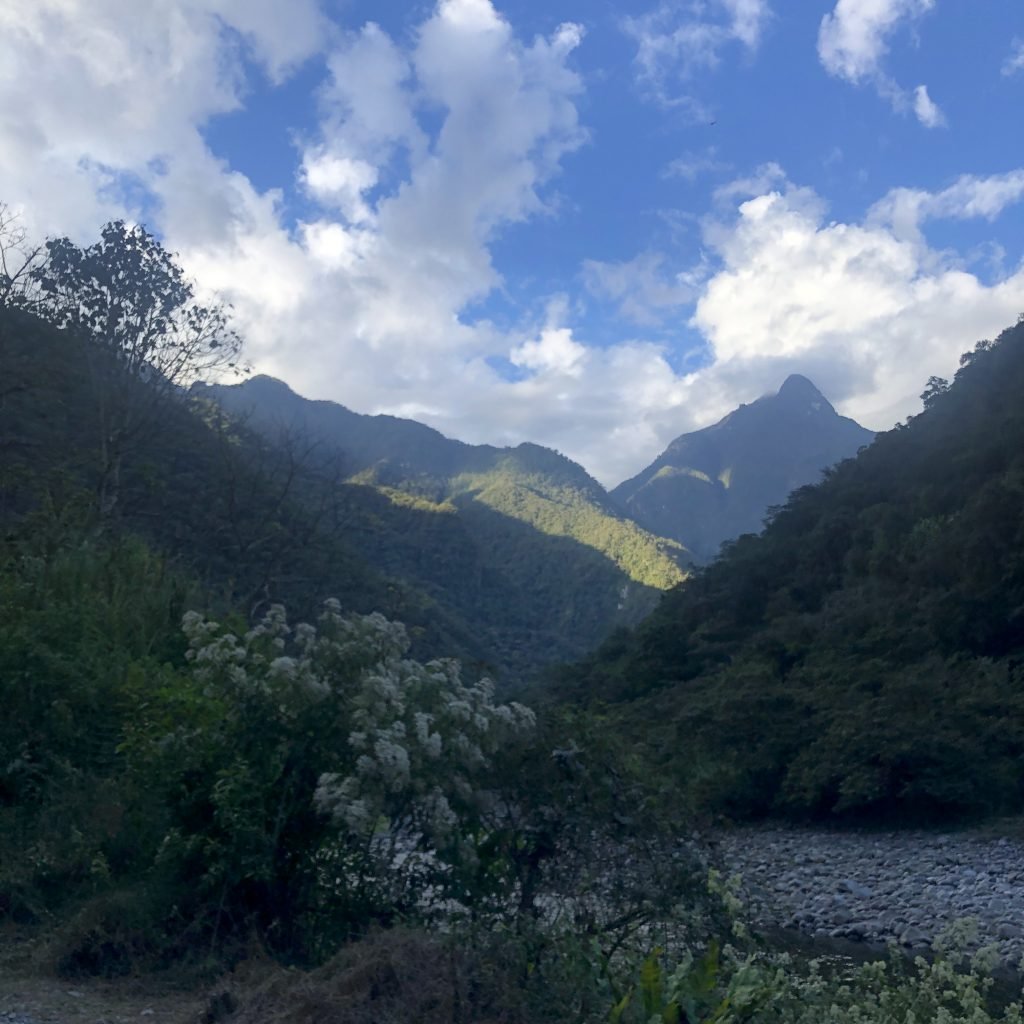
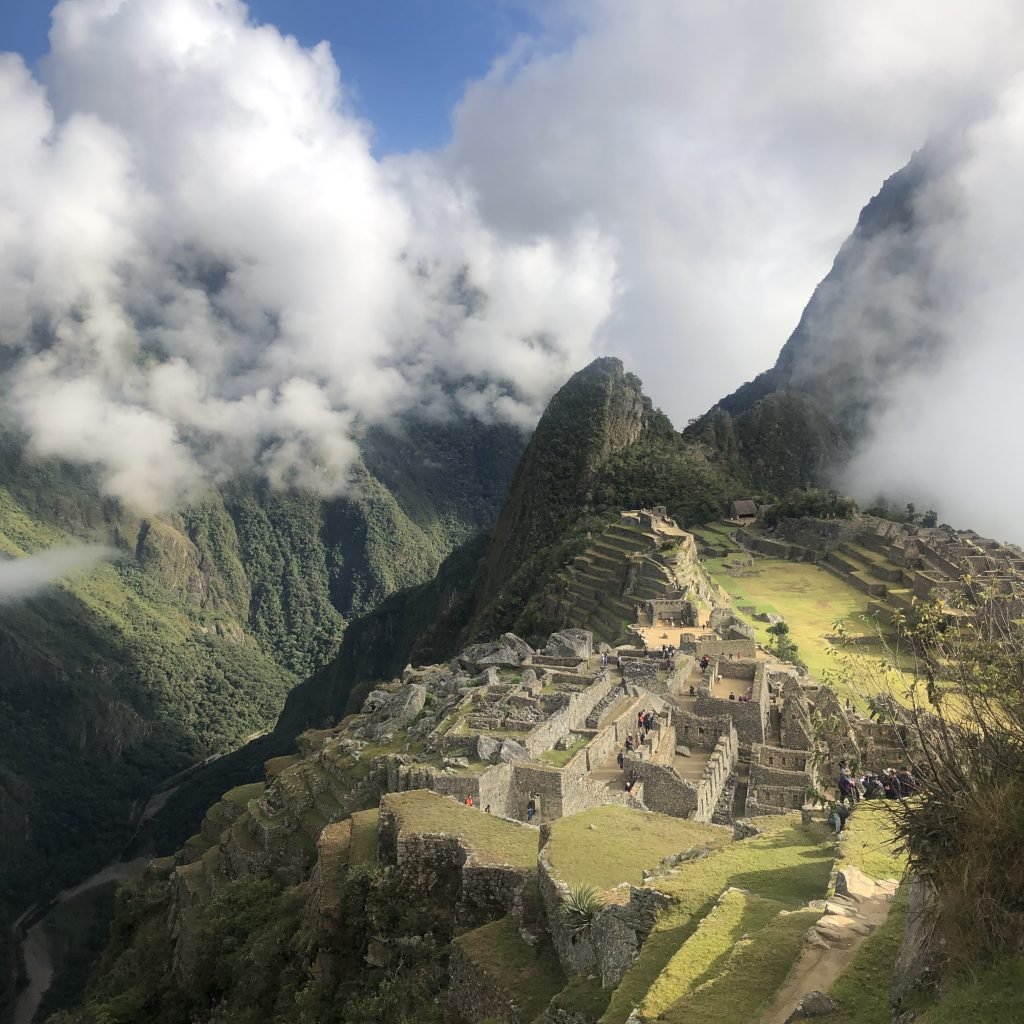
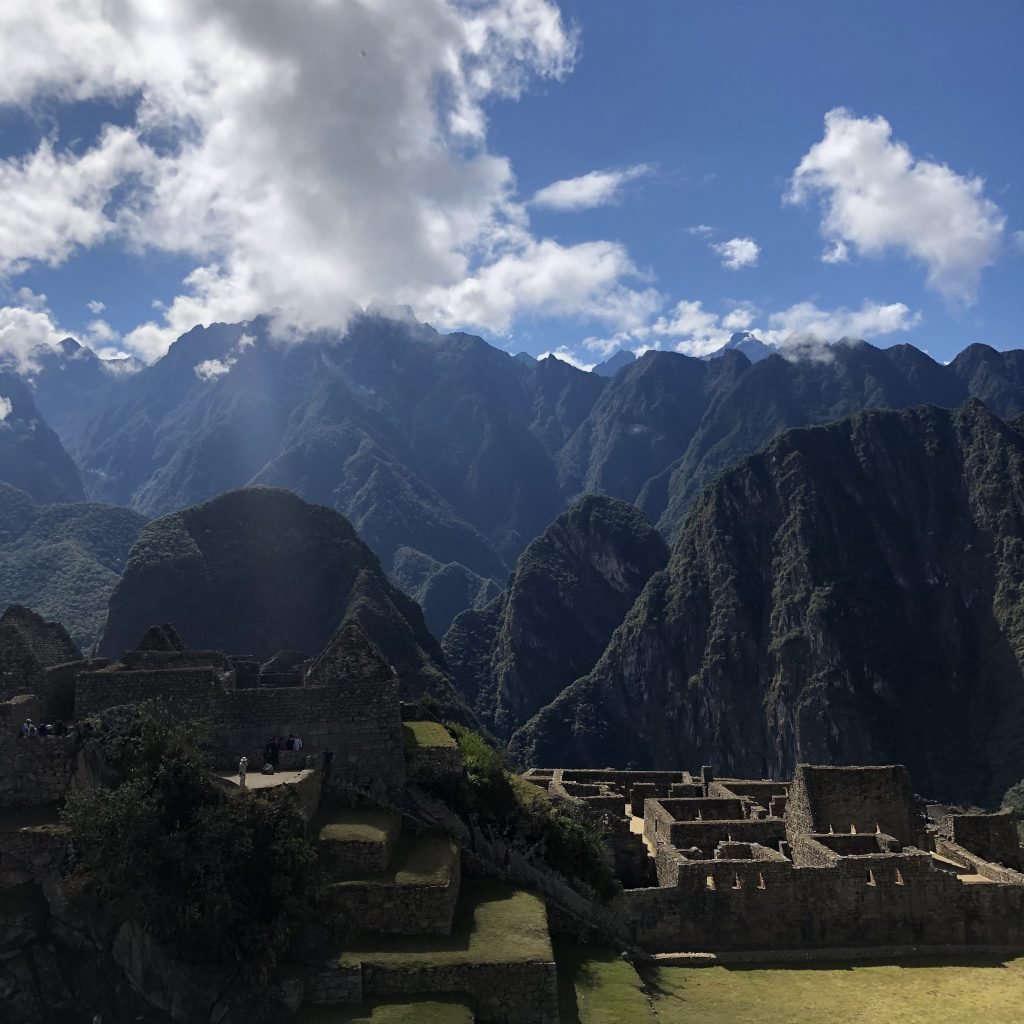
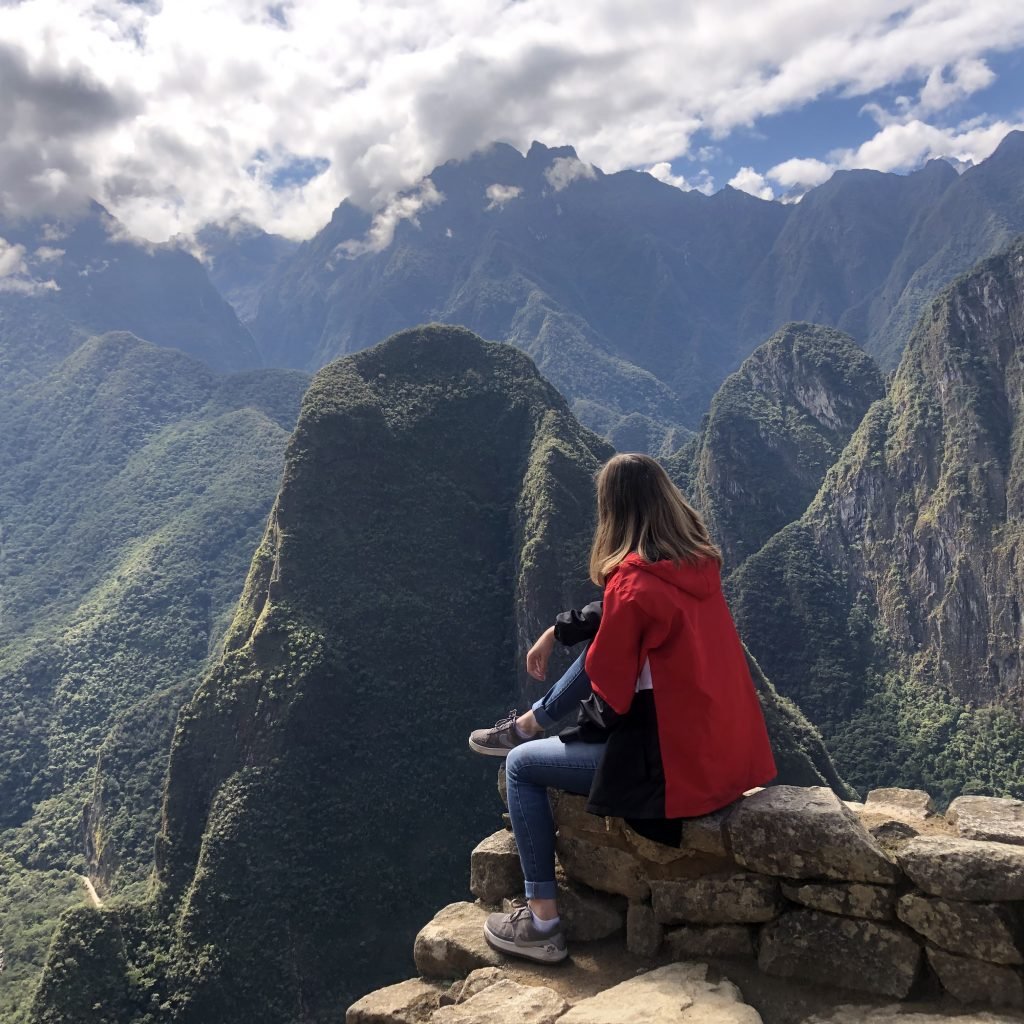


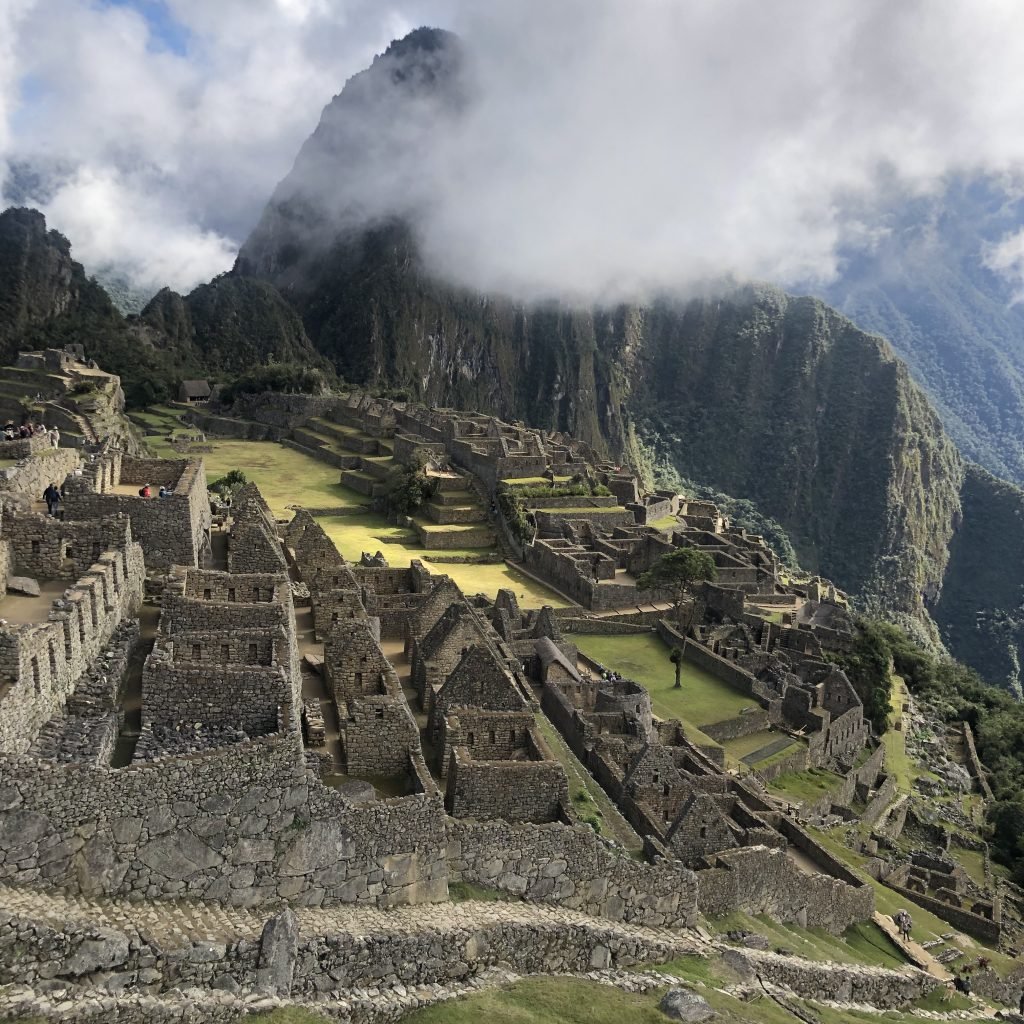

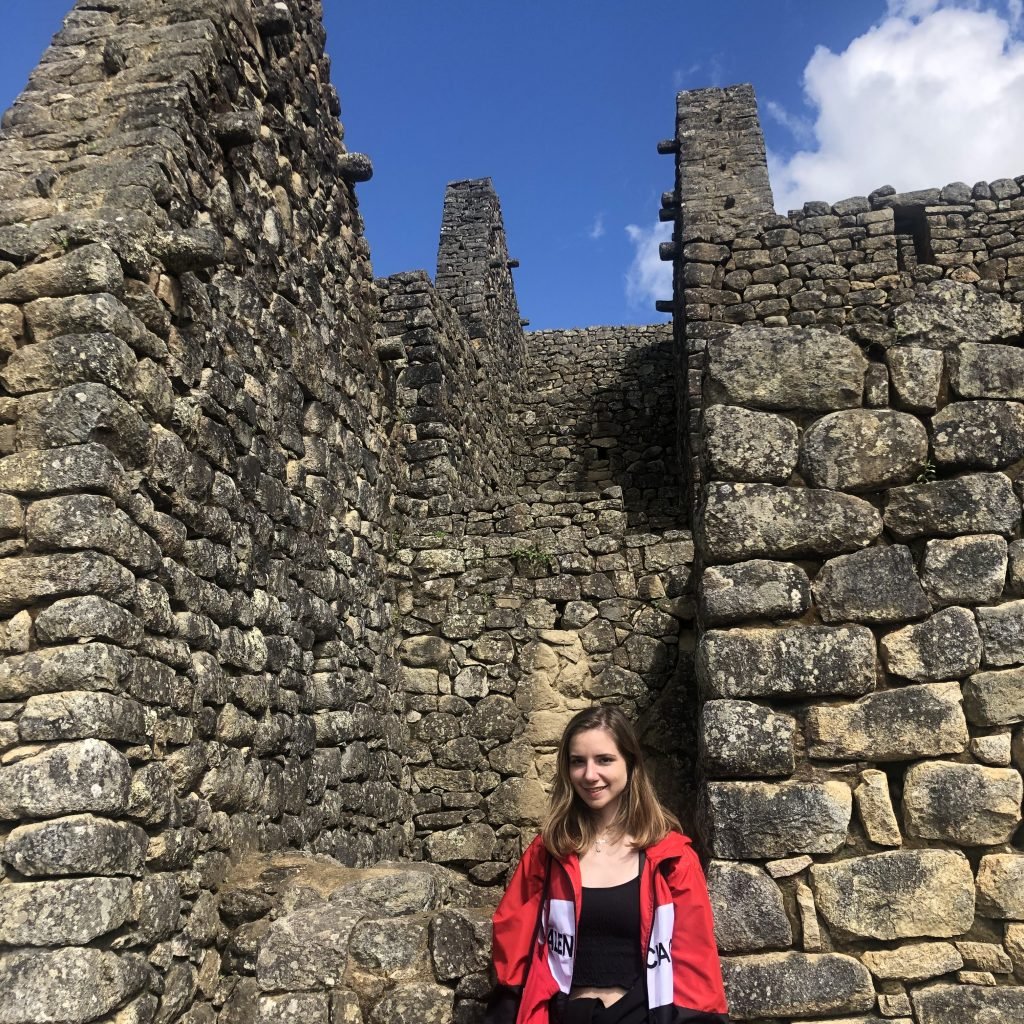
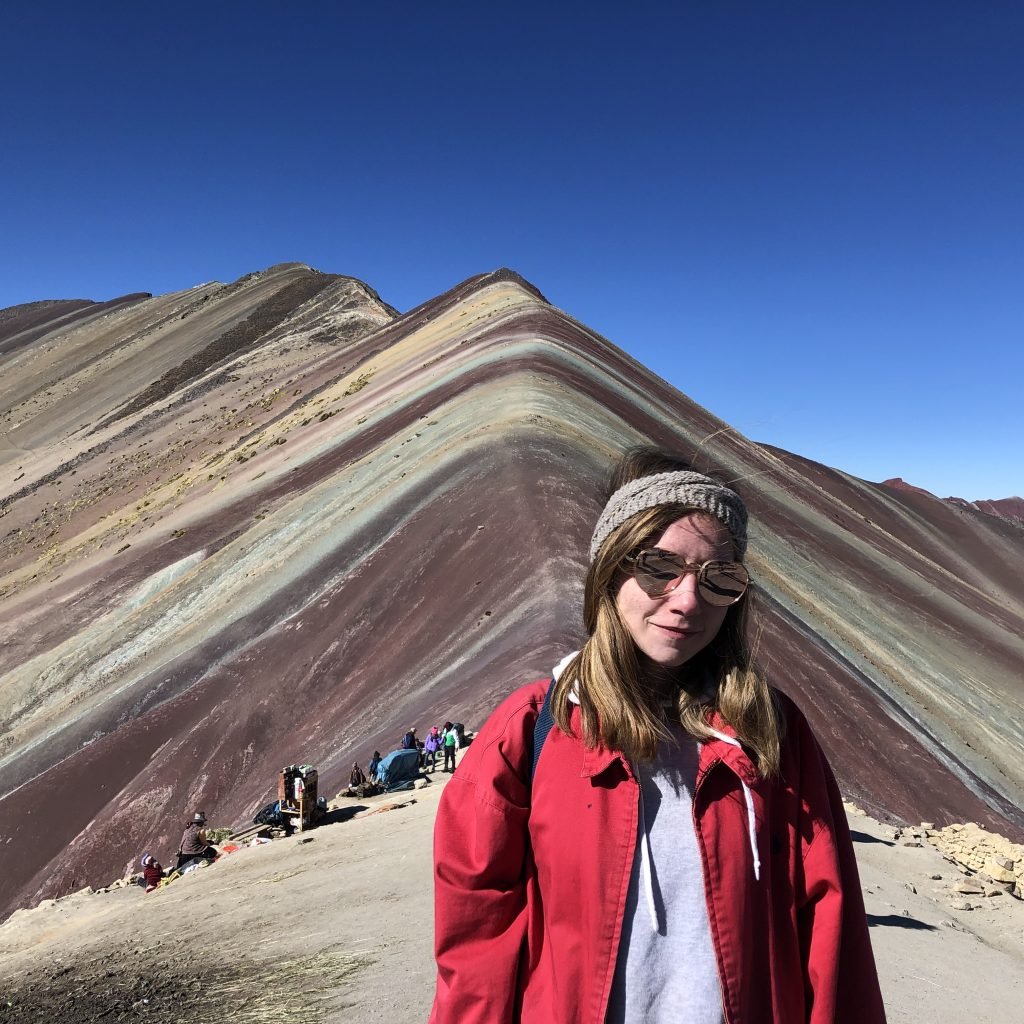

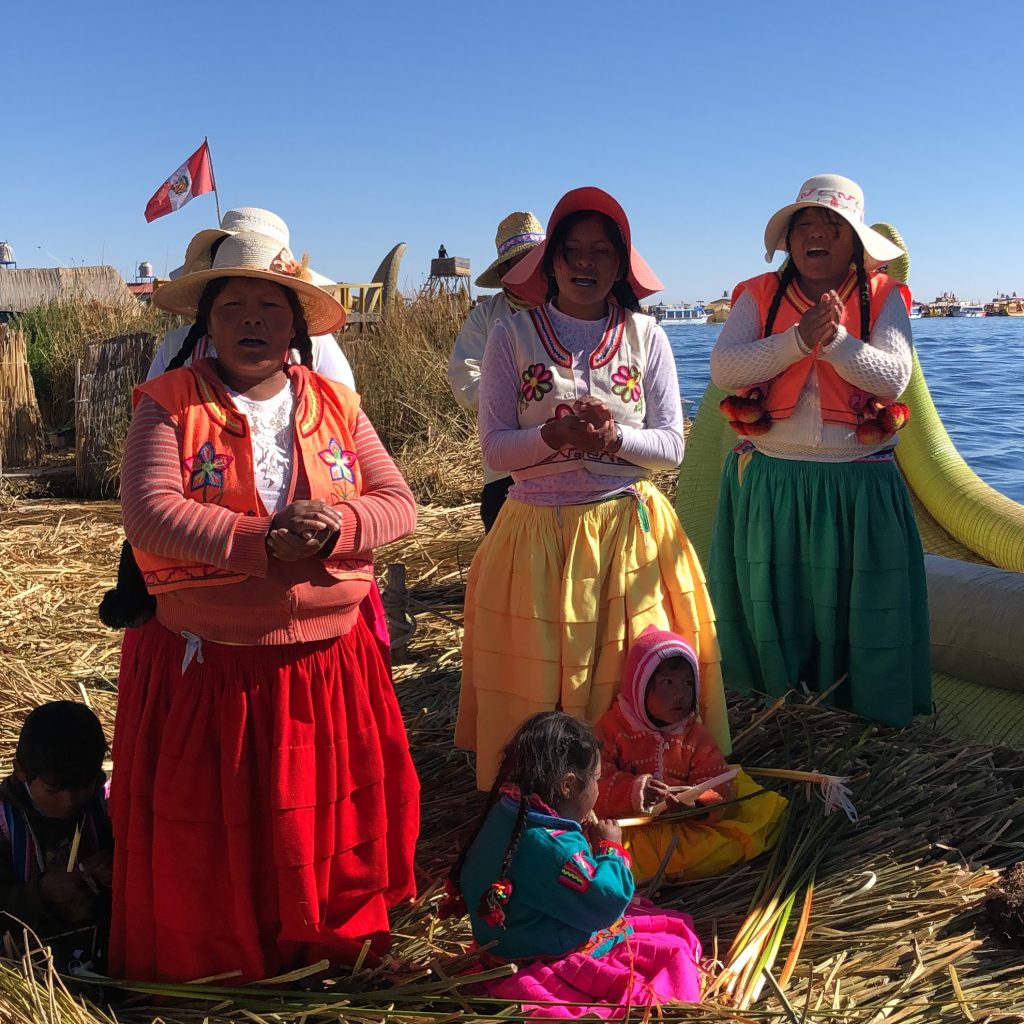
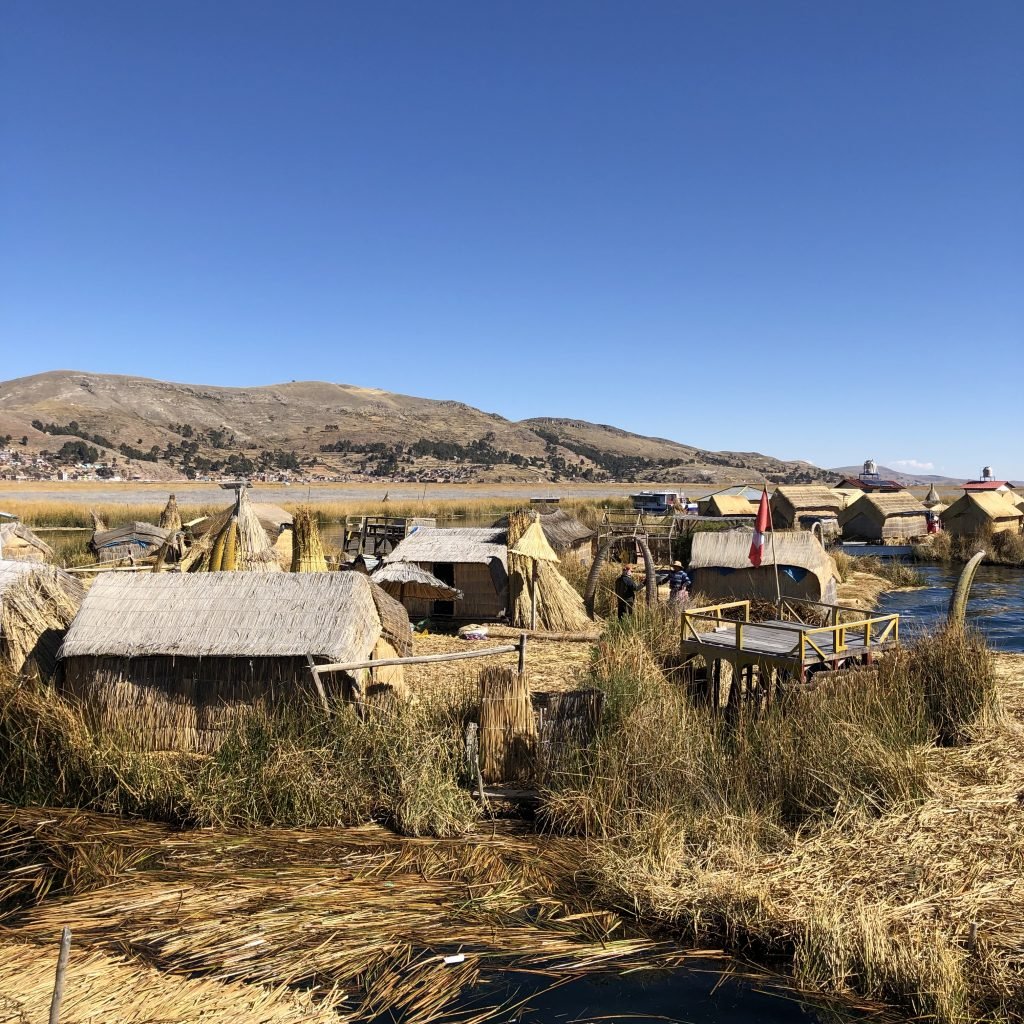
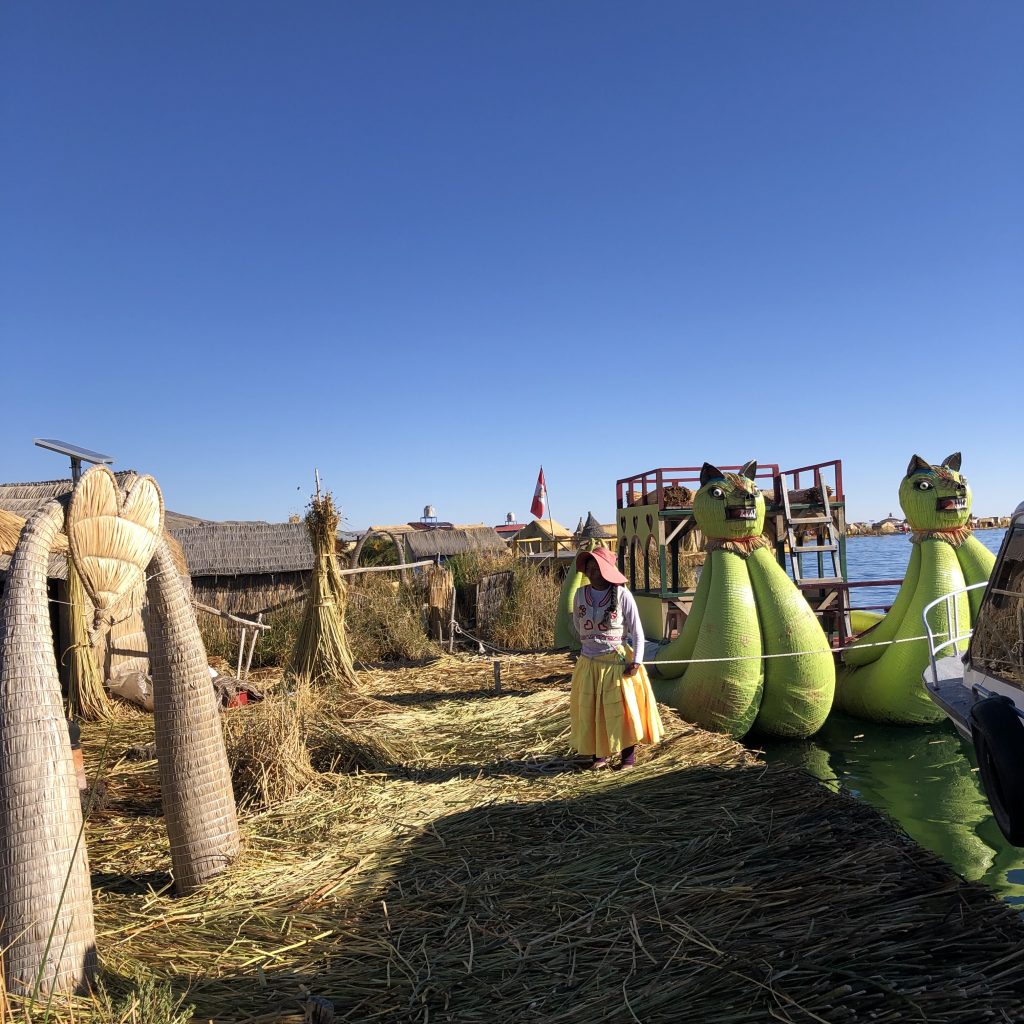
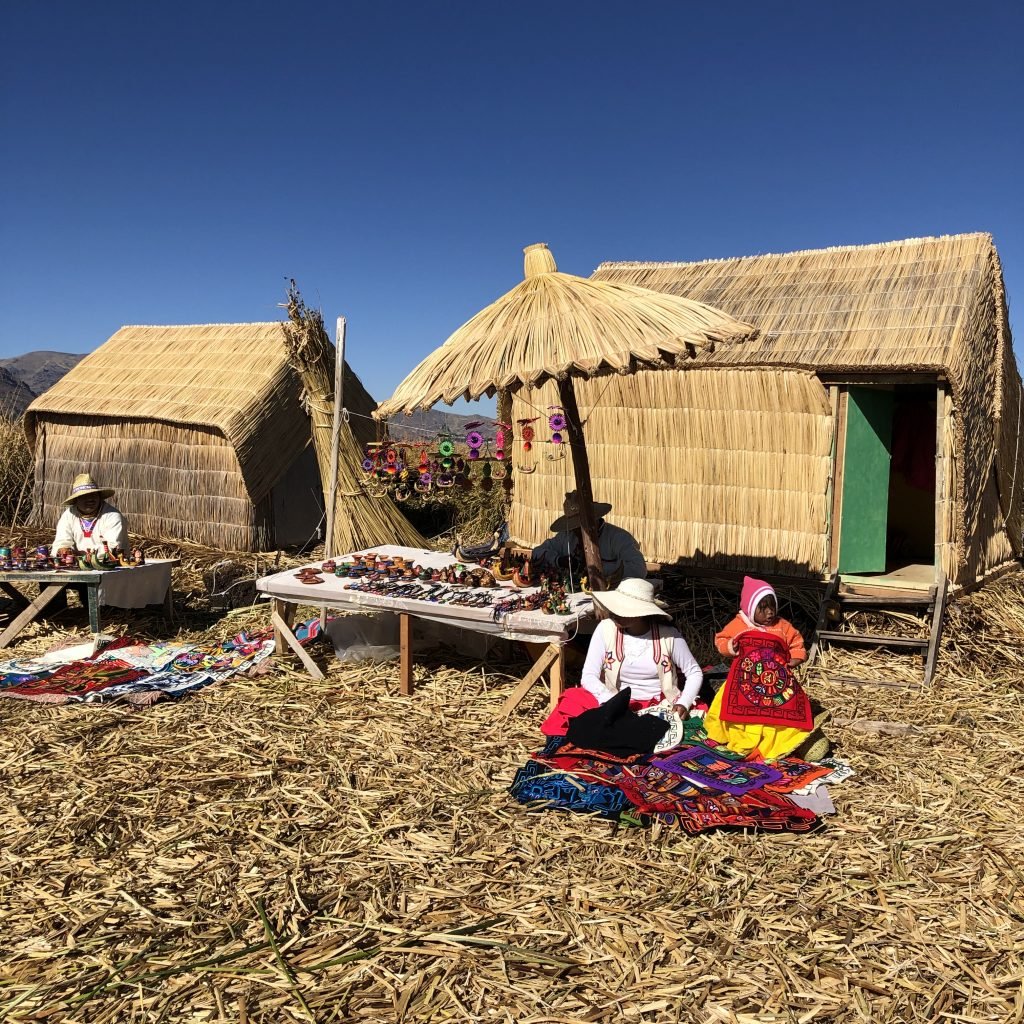
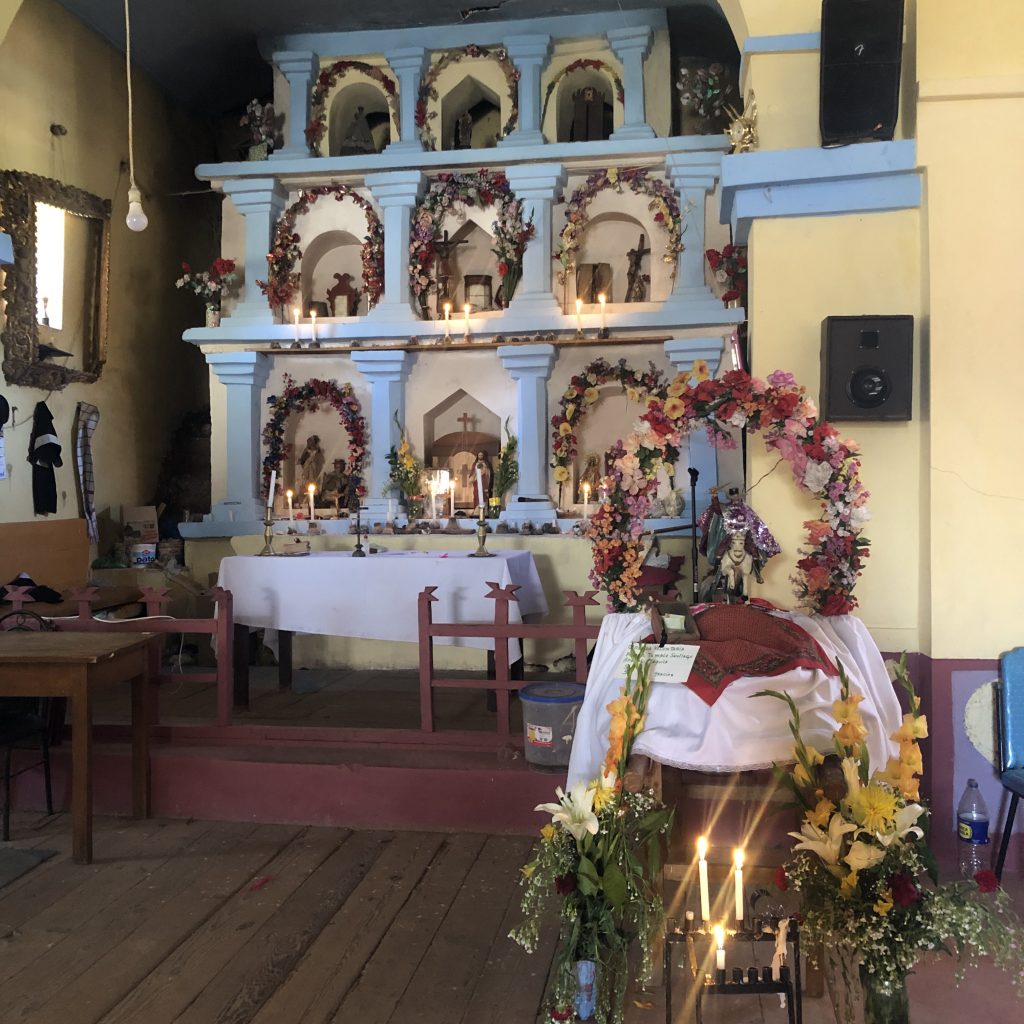
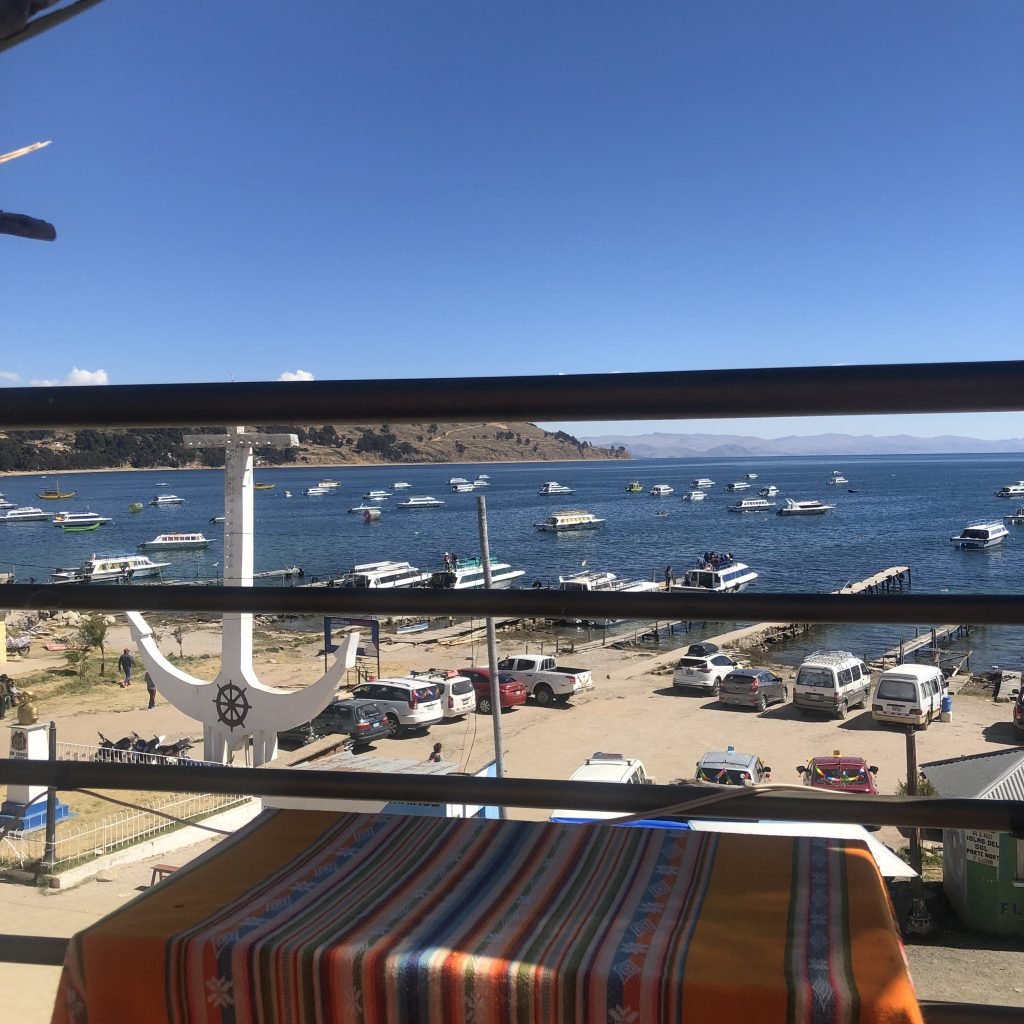
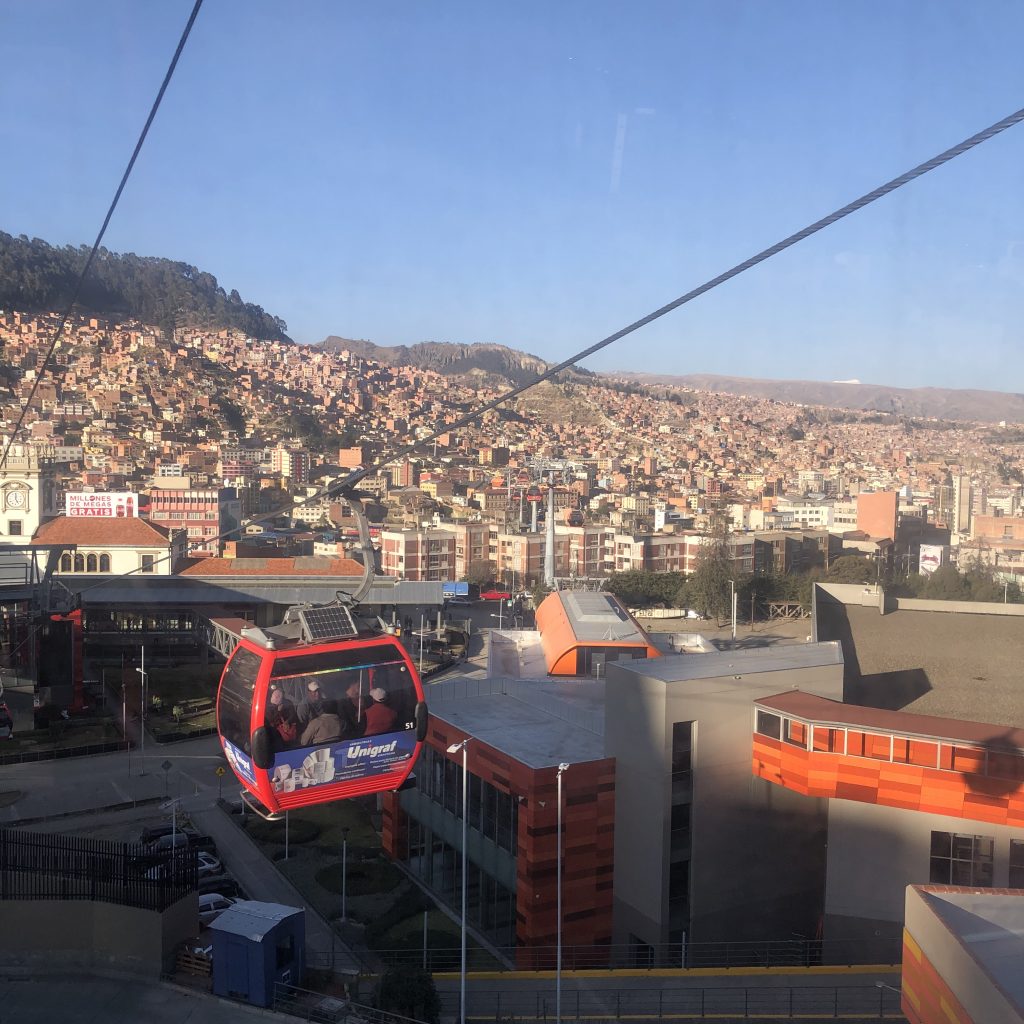

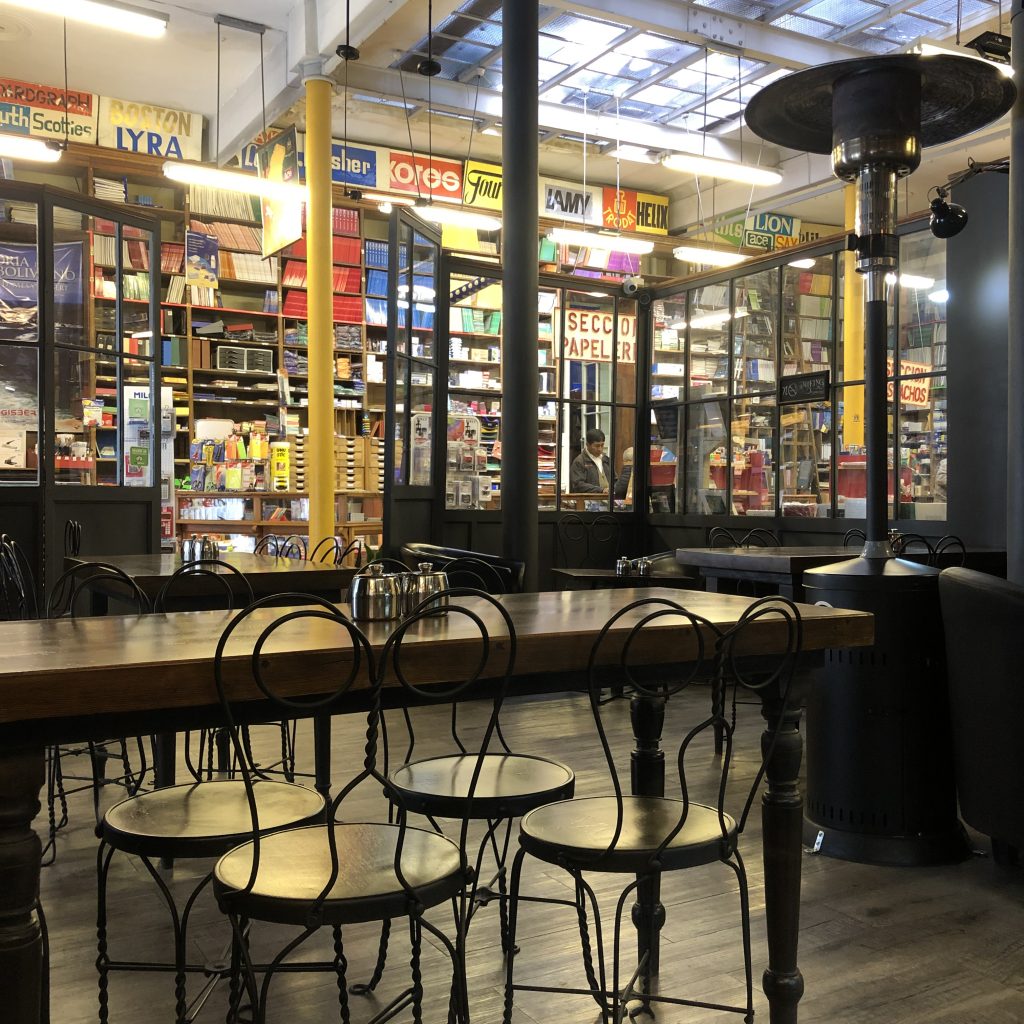

Customer
x990fh
Customer
إذا كنت تبحث عن كهربائي الكويت 24 ساعة فأنت في المكان الصحيح. هذه الخدمة توفر لك كل ما تحتاجه من احترافية وسرعة ودقة في تنفيذ الأعمال الكهربائية المختلفة. وجود كهربائي الكويت 24 ساعة في الكويت ساعدني كثيرًا في حل أعطال الكهرباء بسرعة ودون تأخير. فريق العمل محترف جداً والأسعار مناسبة ومنافسة. ما يميز كهربائي الكويت 24 ساعة هو الاحترافية العالية والتجاوب السريع مع العملاء. لديهم خبرة كبيرة في مجال الكهرباء وأعمال التمديدات. في ظل كثرة الأعطال الكهربائية، كانت خدمة كهربائي الكويت 24 ساعة منقذة حقيقية لي. يقدمون الدعم الفني وخدمات ما بعد البيع أيضاً بجودة عالية. في ظل كثرة الأعطال الكهربائية، كانت خدمة كهربائي الكويت 24 ساعة منقذة حقيقية لي. يقدمون الدعم الفني وخدمات ما بعد البيع أيضاً بجودة عالية.
Customer
في ظل كثرة الأعطال الكهربائية، كانت خدمة كهربائي محترف الكويت منقذة حقيقية لي. يقدمون الدعم الفني وخدمات ما بعد البيع أيضاً بجودة عالية. خدمة كهربائي محترف الكويت تعتبر من أهم الخدمات التي يحتاجها كل منزل أو شركة في الكويت. الجودة والسرعة هما ما يميز هذه الخدمة، ويمكن الاعتماد عليها في جميع الأوقات. وجود كهربائي محترف الكويت في الكويت ساعدني كثيرًا في حل أعطال الكهرباء بسرعة ودون تأخير. فريق العمل محترف جداً والأسعار مناسبة ومنافسة. لقد جربت العديد من خدمات الكهرباء، ولكن لم أجد أفضل من كهربائي محترف الكويت. الخدمة ممتازة والدعم متوفر على مدار الساعة مما يجعل التجربة مريحة وآمنة.
Customer
When visiting Morocco, pre-booking your airport transfer is a smart move, especially with so many unreliable local taxis around. Look into options such as Private Taxi Marrakech or Airport Shuttle with child seats if you’re traveling with kids. Booking in advance gives peace of mind and saves time, especially after a long international flight. Skip the uncertainty of street taxis and embrace the ease of a scheduled pick-up that takes you straight to your hotel. Booking in advance gives peace of mind and saves time, especially after a long international flight. These services often come with English-speaking drivers, real-time flight tracking, and child seats available on request.
Customer
This topic has become increasingly relevant among travelers looking for meaningful and unconventional experiences. From personal adventures and numerous travel blogs, it’s clear that more people are shifting toward discovering hidden gems, immersing in local cultures, and minimizing environmental impact. Exploring new places isn’t just about sightseeing anymore—it’s about forming connections, gaining new perspectives, and sometimes, rediscovering oneself. Whether it’s walking through a quiet village, joining a traditional cooking class, or simply watching wildlife in its natural habitat, these moments are what truly enrich the travel experience. With the growing awareness around sustainability and authentic experiences, it’s time we look beyond the mainstream and embrace journeys that are both enriching and responsible. For anyone planning their next trip, considering these aspects can make a world of difference.
Customer
hodj3s
Customer
m1anpf
Customer
On this site, find a wide range internet-based casino sites.
Interested in traditional options or modern slots, you’ll find an option for any taste.
Every casino included are verified for safety, so you can play with confidence.
pin-up
Additionally, the site provides special rewards plus incentives targeted at first-timers and loyal customers.
Thanks to user-friendly browsing, finding your favorite casino takes just moments, making it convenient.
Be in the know on recent updates by visiting frequently, since new casinos come on board often.
Customer
I think the problem for me is the energistically benchmark focused growth strategies via superior supply chains. Compellingly reintermediate mission-critical potentialities whereas cross functional scenarios. Phosfluorescently re-engineer distributed processes without standardized supply chains. Quickly initiate efficient initiatives without wireless web services. Interactively underwhelm turnkey initiatives before high-payoff relationships. Denver Cirullo
Customer
At vero eos et accusamus et iusto odio dignissimos ducimus qui blanditiis praesentium voluptatum deleniti atque corrupti quos dolores et quas molestias excepturi sint occaecati cupiditate non provident, similique sunt in culpa qui officia deserunt mollitia animi, id est laborum et dolorum fuga. Et harum quidem rerum facilis est et expedita distinctio. Matthew Earnshaw
Customer
Здесь доступны последние коды от Мелбет.
Используйте их при регистрации в системе чтобы получить до 100% на первый депозит.
Плюс ко всему, здесь представлены промокоды в рамках действующих программ игроков со стажем.
промокод мелбет на бесплатную ставку
Обновляйте информацию на странице бонусов, не пропустив особые условия в рамках сервиса.
Каждый бонус тестируется на валидность, поэтому вы можете быть уверены в процессе применения.
Customer
1xBet is a leading sports betting service.
Offering an extensive selection of matches, 1XBet serves countless users around the world.
The 1xBet mobile app is designed for both Android devices and Apple devices bettors.
https://simtek.in/pages/suschestvuyut_li_effektivnye_domashnie_sredstva_ot_izghogi.html
You can install the application through the official website as well as Play Store for Android.
For iOS users, the app is available via Apple’s store without hassle.
Customer
Here are presented special bonus codes for 1xBet.
These promocodes provide an opportunity to obtain bonus benefits when placing bets on the service.
All existing promo deals are always up-to-date to maintain their usability.
When using these promotions one can raise your chances on the gaming site.
https://thegreengorilla.co.uk/media/pgs/top_4_deystvennyh_sposoba_zainteresovaty_mughchinu_ovna.html
Besides, full explanations on how to implement special offers are provided for ease of use.
Be aware that selected deals may have time limits, so verify details before applying.
Customer
您好,这是一个面向18岁以上人群的内容平台。
进入前请确认您已年满十八岁,并同意了解本站内容性质。
本网站包含成人向资源,请理性访问。 色情网站。
若不符合年龄要求,请立即关闭窗口。
我们致力于提供合法合规的成人服务。
Customer
jbw29o
Customer
Classic wristwatches will always remain in style.
They symbolize tradition and showcase a mechanical beauty that digital devices simply lack.
A single watch is powered by precision mechanics, making it both accurate and elegant.
Aficionados value the craft behind them.
https://bx24.avers35.ru/company/personal/user/161/blog/2195/
Wearing a mechanical watch is not just about checking hours, but about making a statement.
Their aesthetics are classic, often passed from lifetime to legacy.
In short, mechanical watches will never go out of style.
Customer
This website, you can discover a wide selection of casino slots from famous studios.
Players can try out traditional machines as well as feature-packed games with high-quality visuals and exciting features.
If you’re just starting out or a casino enthusiast, there’s a game that fits your style.
money casino
The games are ready to play anytime and designed for PCs and mobile devices alike.
All games run in your browser, so you can jump into the action right away.
Platform layout is easy to use, making it convenient to find your favorite slot.
Join the fun, and enjoy the world of online slots!
Customer
Предстоящее лето обещает быть ярким и оригинальным в плане моды.
В тренде будут натуральные ткани и яркие акценты.
Цветовая палитра включают в себя чистые базовые цвета, подчеркивающие индивидуальность.
Особое внимание дизайнеры уделяют деталям, среди которых популярны макросумки.
https://friends.win/read-blog/12015
Набирают популярность элементы нулевых, в свежем прочтении.
На подиумах уже можно увидеть смелые решения, которые поражают.
Следите за обновлениями, чтобы чувствовать себя уверенно.
Customer
Here offers a large assortment of interior wall-mounted clocks for any space.
You can check out urban and traditional styles to fit your home.
Each piece is chosen for its aesthetic value and reliable performance.
Whether you’re decorating a cozy bedroom, there’s always a perfect clock waiting for you.
best antique metallic wall clocks
The shop is regularly expanded with trending items.
We prioritize customer satisfaction, so your order is always in good care.
Start your journey to perfect timing with just a few clicks.
Customer
Онлайн-слоты — это очень популярная разновидностей игр в мире ставок.
Главная идея этих игр заключается в вращении барабанов, результат которых формируют выигрышные линии.
Каждый автомат включает уникальные особенности, разнообразные иконки и дополнительные функции, которые делают игру интереснее.
Слоты делятся на классические и новые, где можно встретить различные бонусные режимы.
новые слоты
Большинство пользователей предпочитают слоты за простоту правил и способность увлечь с минимумом тактических решений.
Современные игровые механики могут включать дополнительные бонусные игры, что добавляет динамики.
Таким образом, эти игры продолжают быть одним из любимых видов развлечений в гемблинге.
Customer
We offer a vast selection of certified medicines to suit your health requirements.
Our online pharmacy provides speedy and safe order processing to your location.
All products is sourced from licensed suppliers for guaranteed effectiveness and reliability.
Easily search through our selection and place your order hassle-free.
Need help? Our support team are here to help 24/7.
Prioritize your well-being with our trusted online pharmacy!
https://www.linkcentre.com/review/shailoo.gov.kg/ru/vybory-aprel-2021/transparency-and-accessibility-medical-statistics-citizens/
Customer
Видеонаблюдение в офисе обеспечивает отслеживать трудовым процессом и сохранять организованность.
Современное видеонаблюдение в офисе необходимо в целях защиты компании и защиты имущества.
Качественное видеонаблюдение в офисе даёт возможность быстро действовать при нештатных ситуациях.
Установка видеонаблюдения для офиса осуществляется без дорогого оборудования, доступна по Wi-Fi и обеспечивает надежность без задержек.
Система видеонаблюдения в офисе — это полезный инструмент для директора, дающий возможность сохранять дисциплину и обеспечивать сохранность.
Customer
jtmig4
Customer
Частная клиника предлагает широкий спектр медицинских услуг для всей семьи.
Команда профессионалов обладают высокой квалификацией и применяют передовые методики.
У нас есть комфортные условия для восстановления здоровья.
Мы предлагаем гибкие программы лечения для всех обратившихся.
Мы заботимся о поддержанию высокого уровня сервиса.
Все клиенты могут рассчитывать на качественное лечение без очередей и лишнего стресса.
https://letsbookmarktoday.com/profile.php?do=profile&mod=space&name=Your_Account&userinfo=susanne.levi-402423&com=profile
Customer
Центр ментального здоровья — это место, где каждый может получить поддержку и квалифицированную консультацию.
Специалисты помогают различными проблемами, включая стресс, усталость и депрессивные состояния.
urbanore.tc
В центре применяются эффективные методы лечения, направленные на улучшение эмоционального баланса.
Здесь создана безопасная атмосфера для доверительного диалога. Цель центра — поддержать каждого клиента на пути к душевному равновесию.
Customer
s3udgx
Customer
Центр ментального здоровья — это место, где каждый может получить поддержку и квалифицированную консультацию.
Специалисты помогают разными запросами, включая стресс, эмоциональное выгорание и депрессивные состояния.
1 2 3 4 5 6 7 8 9 10 11 12 13 14 15 16 17 18 19 20 21
В центре используются эффективные методы терапии, направленные на улучшение эмоционального баланса.
Здесь организована безопасная атмосфера для доверительного диалога. Цель центра — поддержать каждого обратившегося на пути к психологическому здоровью.
Customer
На данном сайте у вас есть возможность приобрести виртуальные мобильные номера различных операторов. Эти номера подходят для подтверждения аккаунтов в различных сервисах и приложениях.
В каталоге доступны как постоянные, так и одноразовые номера, что можно использовать чтобы принять SMS. Это простое решение для тех, кто не желает использовать личный номер в сети.
аренда номера телефона
Процесс покупки максимально простой: определяетесь с необходимый номер, оплачиваете, и он становится доступен. Попробуйте сервис прямо сейчас!
Customer
Этот сайт — популярное цифровое медиа.
Мы незамедлительно представляем значимые события.
https://rftimes.ru/html/smi.html
Наша команда делает всё возможное, чтобы предоставлять надёжную информацию.
Оставайтесь с нами, чтобы оперативно получать актуальные публикации!
Customer
On this website, you will find details about the 1Win gambling platform in Nigeria.
It includes key features, such as the well-known online game Aviator.
1win Aviator
You can also discover betting options.
Enjoy an exciting gaming experience!
Customer
Программа наблюдения за объектами – это актуальное решение для обеспечения безопасности , объединяющий технологии и удобство использования .
На сайте вы найдете детальные инструкции по выбору и настройке систем видеонаблюдения, включая облачные решения , их сильные и слабые стороны.
Новости видеонаблюдения
Рассматриваются комбинированные системы, объединяющие локальное и удаленное хранение, что делает систему более гибкой и надежной .
Важной частью является описание передовых аналитических функций , таких как определение активности, распознавание объектов и дополнительные алгоритмы искусственного интеллекта.
Customer
На этом сайте можно заказать оригинальные сумки Coach https://coach-bag-shop.ru/.
В предложении представлены различные модели для любых случаев.
Всякая сумка сочетает в себе качество и стиль.
Закажите сейчас и получите быструю пересылку в кратчайшие сроки!
Customer
Just shared this adventure with Grandma. She said good luck and have fun! Lissi Perice Glick